When I wrote our quick guide to Kyoto, I felt like I had to keep it reasonably short– namely, limit the number of photos. But I can’t stress enough how photogenic Kyoto (and the rest of Japan) really is! Everywhere we turned was a potential snapshot, and it required little cropping or editing to get them to look beautiful.
You can spend many, many days in Kyoto without getting bored; with over 2,000 temples (many with gardens) it would take years to see them all. Whether you have years or only a few days, Kyoto is a must-visit, and Travel & Leisure agrees. We took our time in Kyoto; we didn’t rush to see absolutely everything, because I am partial to slow travel. So, without further ado…
Our 3-Day Kyoto Itinerary
Day One: Famous Temples, Shrines and Wandering
Kiyomizu-Dera Temple
Our first stop was a Buddhist Temple known for its pure waterfall that splits into 3 streams. My favorite part of the Temple is actually just how large the area is. In order to get to the entrance, you wander uphill through a series of shops selling everything from teacups to fans to green tea ice cream. Once at the temple, we were high above Kyoto and were able to take fantastic photos. Another neat thing about the Temple was that its wood foundation has no nails! Imagine what genius architecture was required to make it last so long! Learn more about Kiyomizu-Dera on its official site.
Continuing on from the temple, we walked through a gorgeous little neighborhood (with a cool shrine!) to Arabica Cafe. Let me tell you: this is NO ordinary coffee shop; it’s not even an ordinary hipster third wave coffee shop. Why? Well, because the barista won an international award for latte art. That’s right– he’s a champ. (When our guide asked him in Japanese whether he won, he sheepishly nodded and smiled… so sweet.)
Anyway, this guy is amazing! He also made me the best latte I’ve had in a while (thanks to our broken espresso machine at home), so that was really refreshing. If you love– and I mean love— coffee, you have to visit this place! Here’s their Facebook page.
Fushimi Inari Shrine
Refueled with coffee, we made our way to the famous Fushimi Inari Taisha (shrine). This shrine is famous for its orange torii gate tunnels. Businesses are invited to donate a certain amount (starting at $10kUSD) in order to have a gate erected in their honor, and of course, to bring prosperity and success. This model has worked quite well for the shrine, as there are torii gates that line the side of the hill, creating a lovely pack for walking and jogging.
If you head to the shrine, go further in than most other tourists and it won’t be hard to find yourself relatively alone. It’s a lovely spot to wander and linger– and don’t forget to bring bug spray as this place is quite woodsy! Learn more about the shrine on their official site.
For lunch, we headed to Honke Owariya, a famous soba noodle spot with over 500 years of history (it was started in the 1400s!). Soba noodles are a delicious variety made of buckwheat flour– giving them a dark color and slightly grainy texture. Soba is often eaten with soba sauce– house-made, of course– which is a dark broth made from boiling bonito fish and other aromatics. It’s absolutely delicious!
I enjoyed the tenzaru-soba, which is basically chilled soba noodles paired with tempura! It was crunchy, cool, savory and satisfying. Honke Owariya is worth a visit if you’re in Kyoto; it happens to be located in an old traditional home which adds to its charm! Here’s its website.
Afternoon Tea
We were then lucky enough to visit a lovely (100+ year old) home, where we got a tour and some matcha. Matcha green tea is a serious matter in Japan: it’s very high quality green tea powder that is whisked with a bamboo tool at just the right temperature in a matcha bowl. No messing around with this stuff: there’s a procedure to whisking, handing it to the guest, receiving the tea, and sipping. You’re supposed to finish the tea in 3 distinct sips, but of course we savored each sip carefully.
The home belonged to a man who once owned a fabrics business. There was a lacquerware table there with mother-of-pearl inlay that was absolutely stunning.
After tea, we headed to Nijo Castle, from which the shogun ruled Kyoto (and beyond). It was built nearly 400 years ago; and it has these amazing wood floors that make the sound of nightingales when you step on them. No photos allowed inside, so no photos posted here. Learn more about Nijo Castle on its website.
Kyoto at Night
We made our way back to our hotel to relax before heading out again for dinner. The downtown area because a bustling, exciting place starting at around dusk. Head to the Gion District if you’re interested in geisha spotting (we weren’t, really)– otherwise, check out one of the many lovely spots near the river and in the alleyways!
We had a reservation made at Obanzai Menami, which is a relatively difficult restaurant to locate. As I wrote here, Obanzai is local Kyoto cuisine, and it should be on your list of things to eat if you love food! Menami was small but very friendly, and we were able to order just fine by pointing, making motions, and keeping a good sense of humor!
And look at the riverside lights! Kyoto is definitely romantic in its own way.
Day Two: Gardens, Pavilions, Hurrah!
Ginkakuji Temple & Garden
Our second day in Kyoto started with visiting the Silver Pavilion. It was built in the image of the Golden Pavilion (which we will see next), except it was never painted silver. Instead, it stayed its original color, and is surrounded by one of my favorite Kyoto gardens that we saw.
Ginkakuji is less popular than its golden counterpart, but I think it’s totally worth seeing. It tends to be less crowded and has several beautiful quiet spots for relaxing and reflecting. Its garden combines zen (sand formations) with other traditional styles, and you can climb up to a high point and see all of Kyoto! After the not-so-exhausting climb, there’s matcha tea available for about $5. So worth it. Learn more here.
Kinkakuji: Golden Pavilion
The Golden Pavilion was a frenzied experience. It is really crowded, and I strongly suggest you take a cab to the entrance. However, the good news is that it’s not difficult to get a good photo of the Golden Pavilion (yes, covered with gold leaf) despite the crowds; it sits in the middle of a pond, and everyone can only ooh and ah from a distance. Probably a good thing. Golden Pavilion’s website is here.
Nanzenji Temple
Next, we made our way to Nanzenji, known for its lovely maple-lined path and Roman-style aqueduct. I loved this temple for how surprising it was– eastern and western at its very core. The other perk of this temple is that, for some reason, it’s not as popular as the others; more exploring and good photos for us!
Nanzenji is located in a really beautiful neighborhood, where many wealthy individuals own homes. You might enjoy strolling and admiring the traditional grandeur of the houses there. Then again, perhaps a bit creepy. 😉 Find out more about Nanzenji here.
Day Three: Arashiyama
Arashiyama is a gorgeous spot in Kyoto that can take all day! It’s a bit removed from everything else, so if you can, I suggest staying in Arashiyama for a night. (Spend the rest of your Kyoto nights closer to Downtown Kyoto!)
You can enjoy Arashiyama’s shops, temples and gardens pretty easily, without even taking a cab! However, there are lots of rickshaws– super buff guys who literally run you up the mountain in a carriage– who would gladly offer a ride. We declined, but on a hot day it was certainly tempting!
Tenryuji Temple
This temple has a gorgeous and grand entrance, but most people go for the lovely garden. I especially enjoyed strolling along the lengths of the pond (where we spotted a crane!) and up the hill where gorgeous hydrangeas blossomed. Personally I don’t think it necessary to pay the extra cash to enter the indoor section– but then again, we’d seen lots of tatami straw mats already at this point! Learn more about Tenryuji here.
Arashiyama Bamboo Forest
Continuing from Tenryuji, we took the North exit to enter the Arashiyama Bamboo Forest. This forest, as I wrote in this other post, gave me lots of grief. It was impossible to find the actual forest from the entrance many people take. The entrance itself looks like a bamboo forest, but is filled with electrical wires and random trees. If you enter the forest from the street, continue to make your way uphill. You’ll walk through a section that does not have bamboo, and then reenter the bamboo forest– where you actually want to be.
Hanging out on the river
Arashiyama is located on a part of the Oi river, which is a beautiful space to visit. There are plenty of places to sit along the water, and you can even rent a boat if you like! After wandering through the bamboo forest, we headed to Shoraian, a fantastic tofu kaiseki spot. (Read more about kaiseki cuisine here.) Shoraian was featured in the New York Times, so it’s popular and they’re used to non-locals visiting. That has done nothing to compromise the quality there, however; for $50 you can get one of the best meals in Kyoto! Check out Shoraian’s website here.
Further Resources on Kyoto
For my own basic travel tips, thoughts on budgeting, eating and staying in Kyoto, please check out my quick guide! For further reading, I learned a lot from Inside Kyoto (here), a fantastic blog on all things Kyoto.
If you’re visiting Kyoto in the fall, I have a new free guide & map on finding the best foliage!
We also really loved the book below– it focuses on “Old Kyoto,” and will tell you all about the shops, restaurants, teahouses, temples and gardens you’ll want to visit.
You can also consider purchasing a travel guide for all of Japan (since you’ll probably be making other stops on this trip). My favorite travel guides are the DK Eyewitness ones.
Pin for future reference!
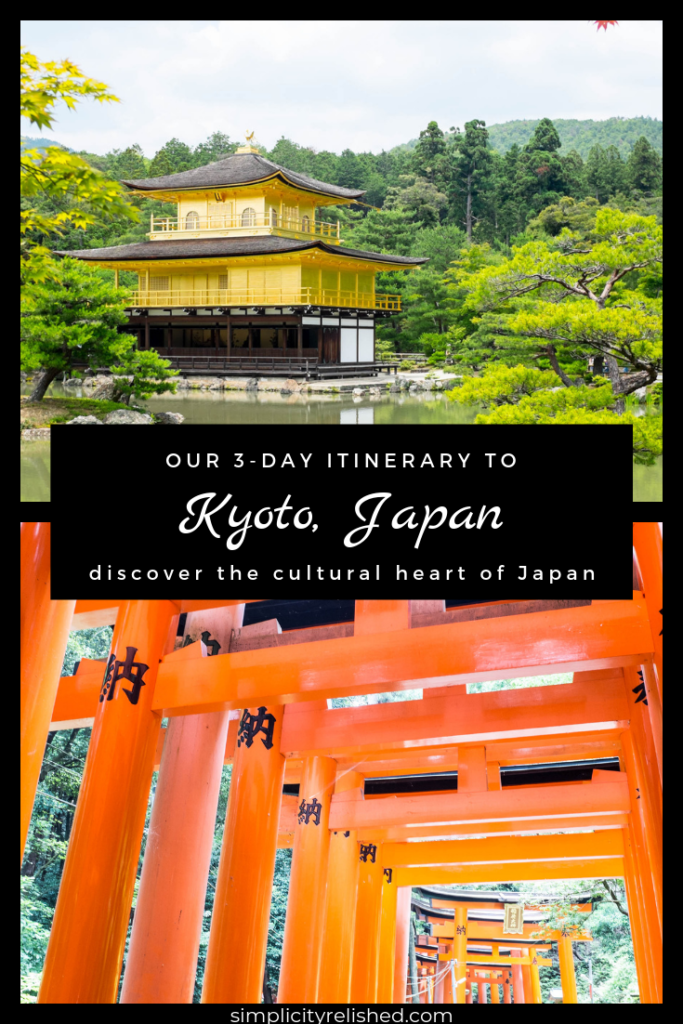

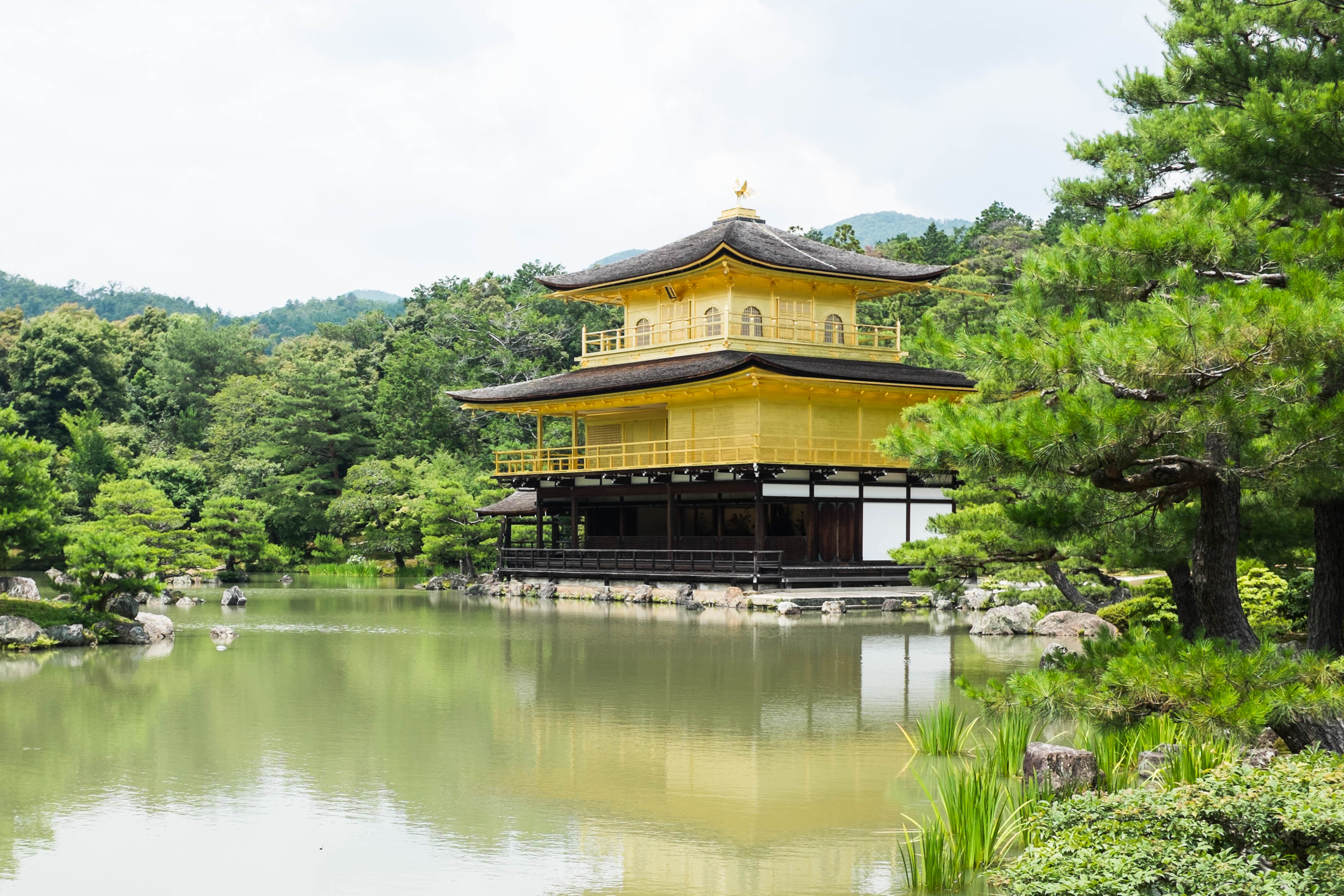
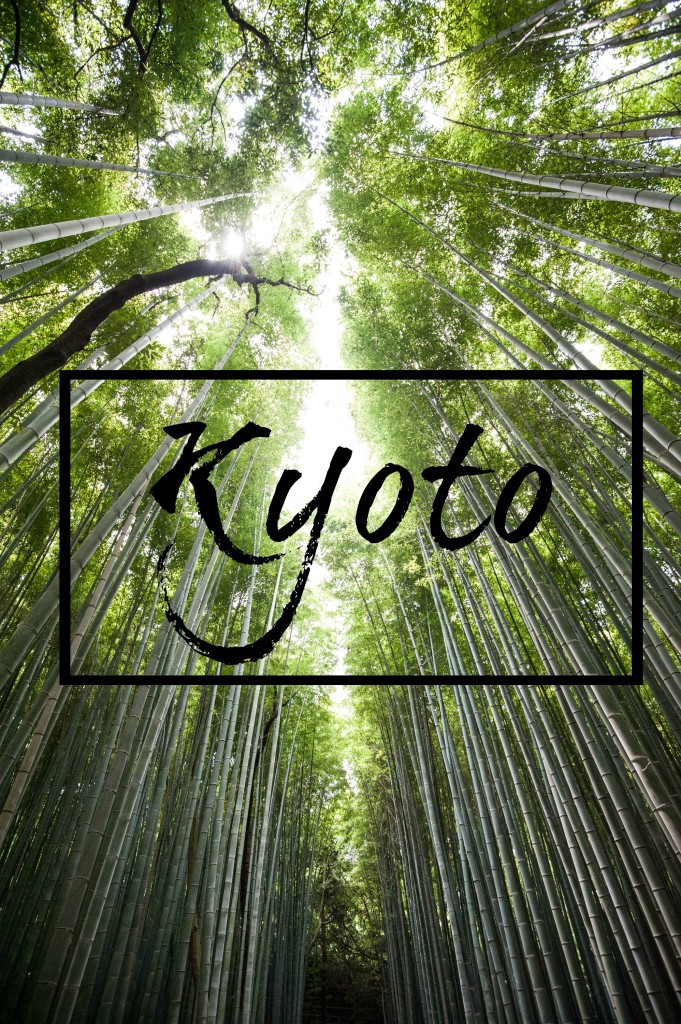
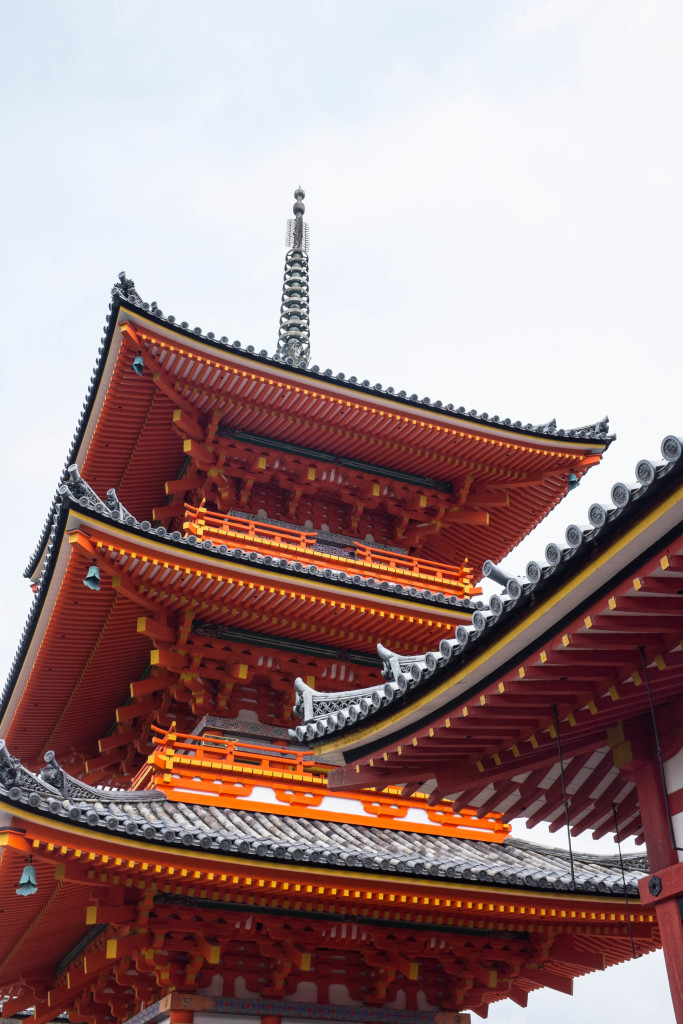
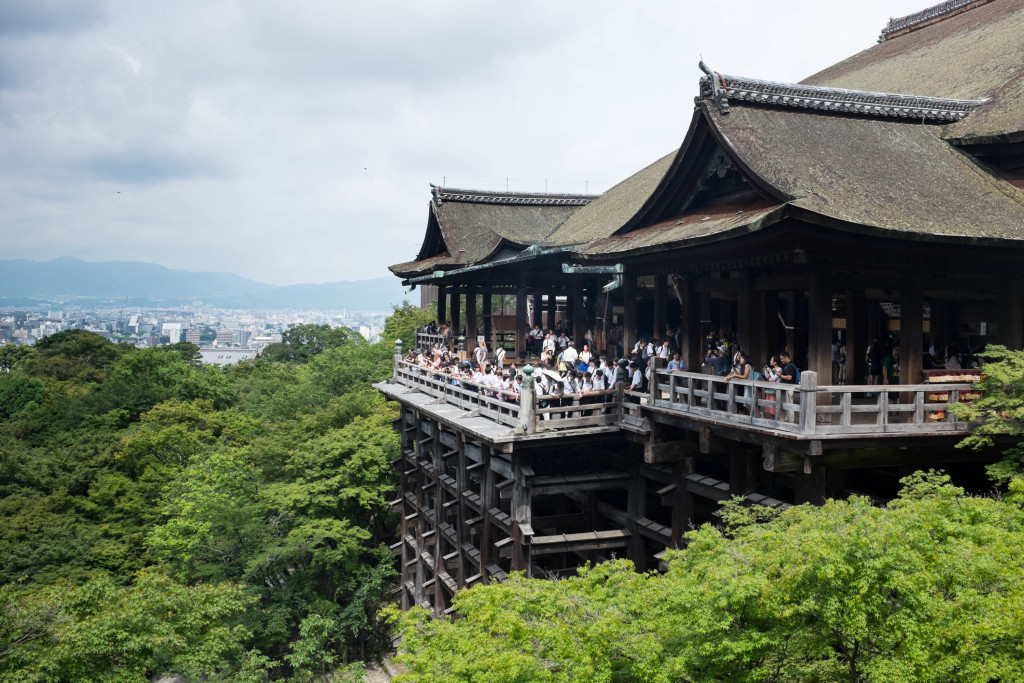
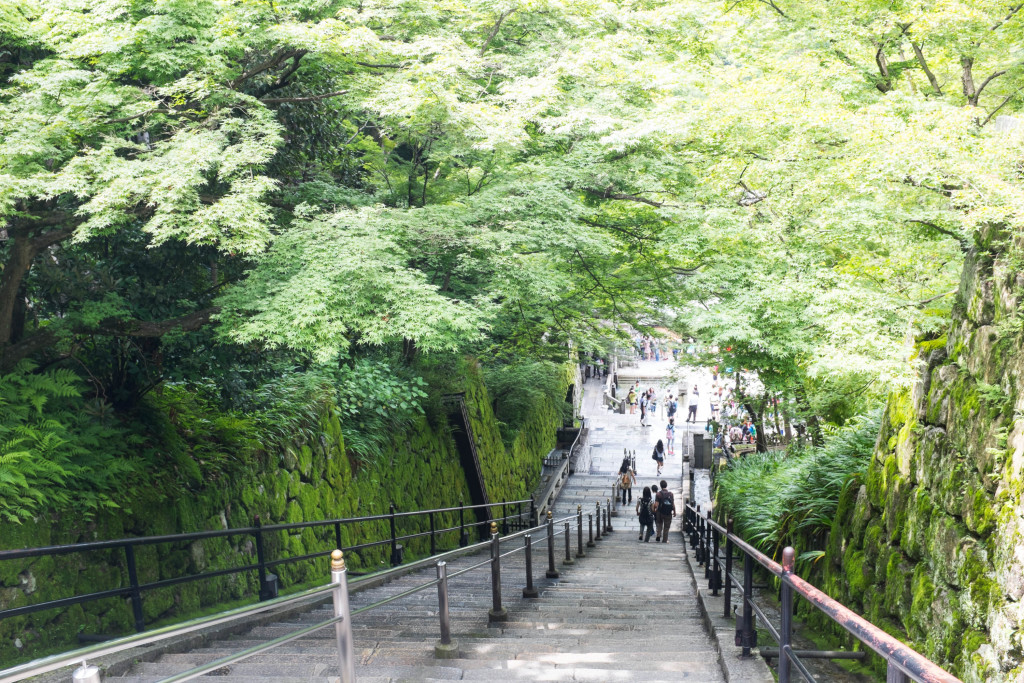
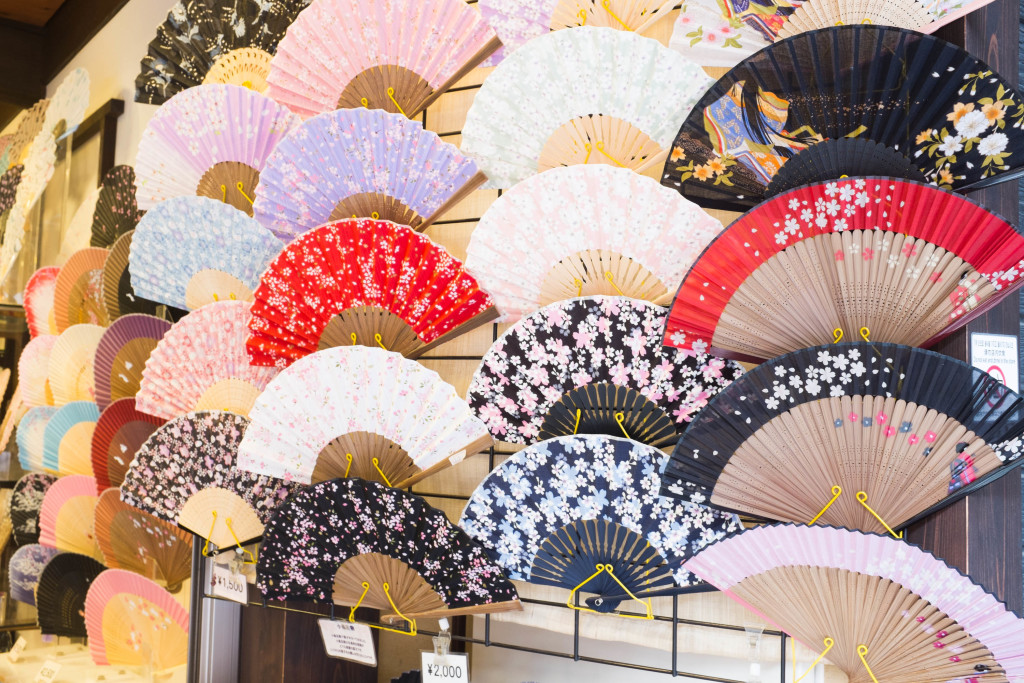
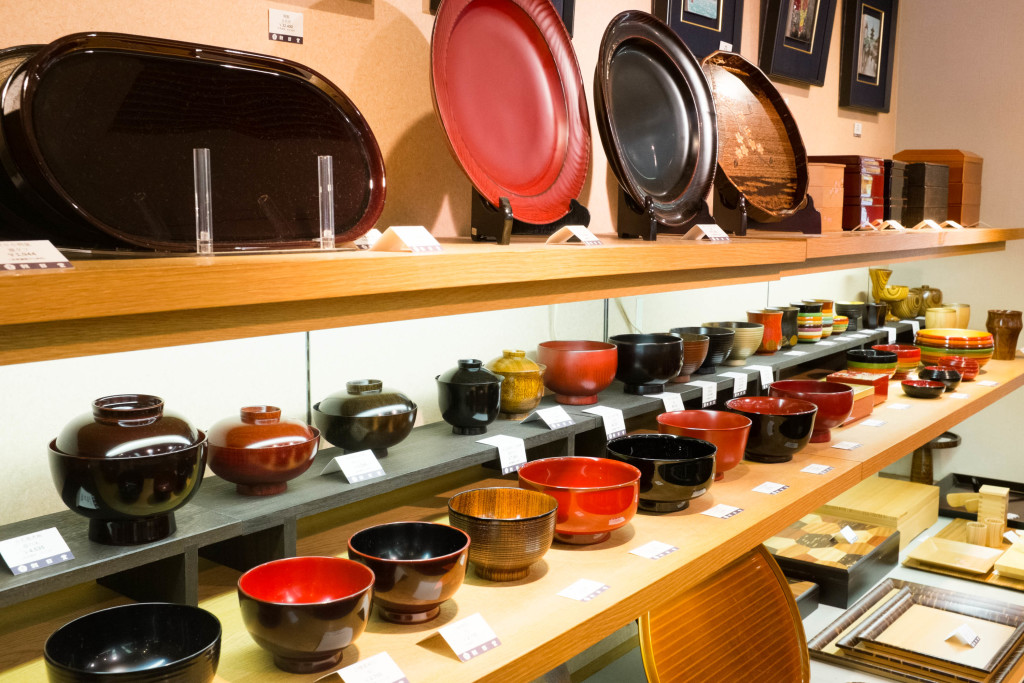
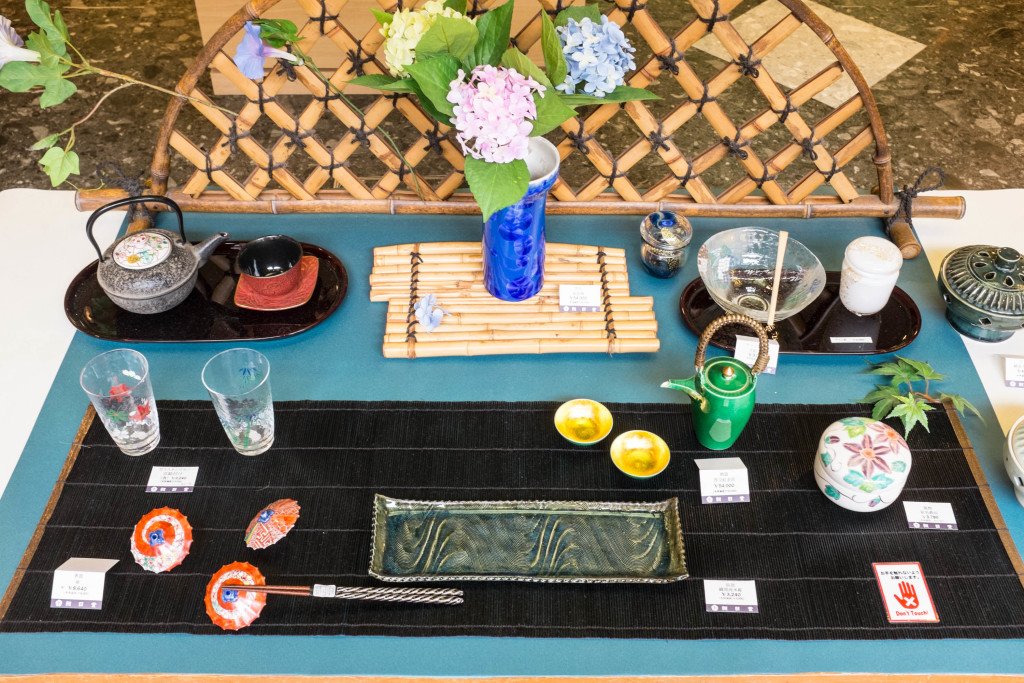
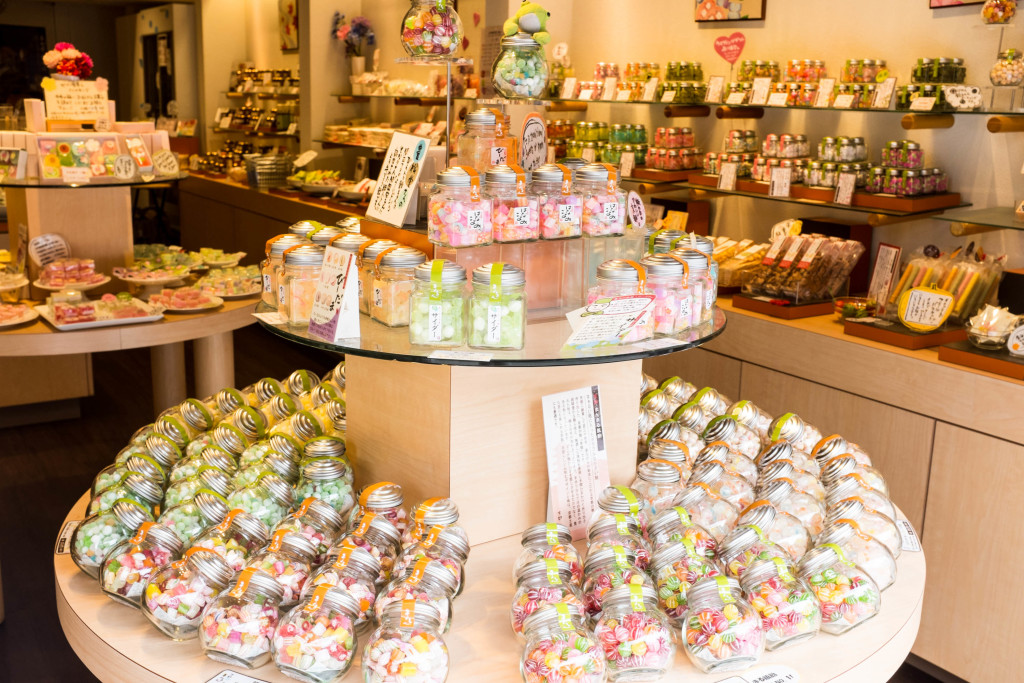
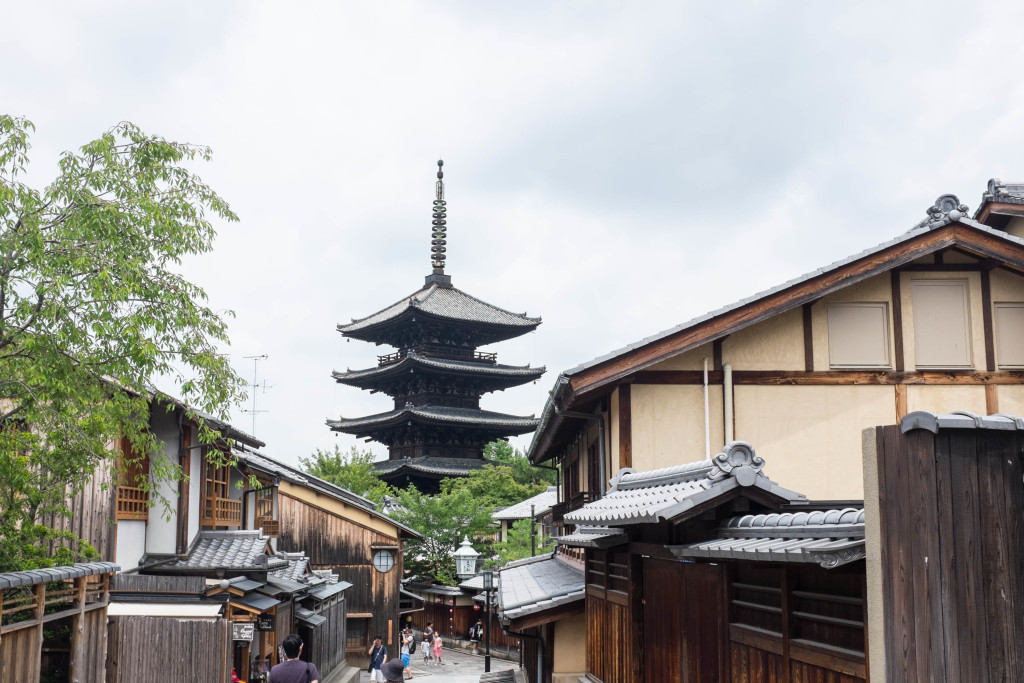
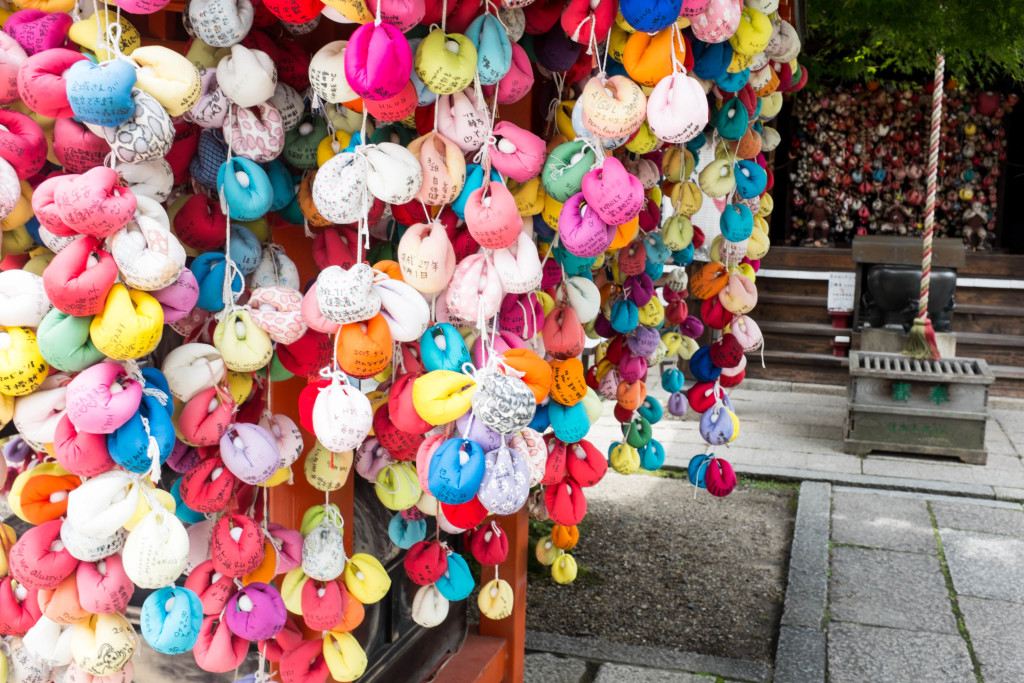
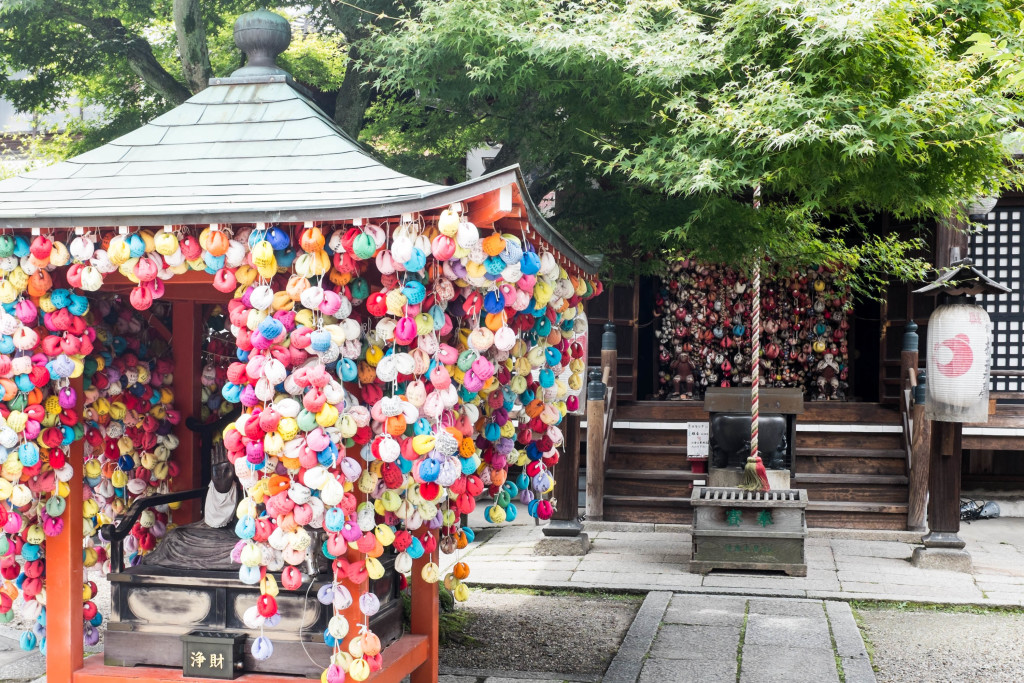
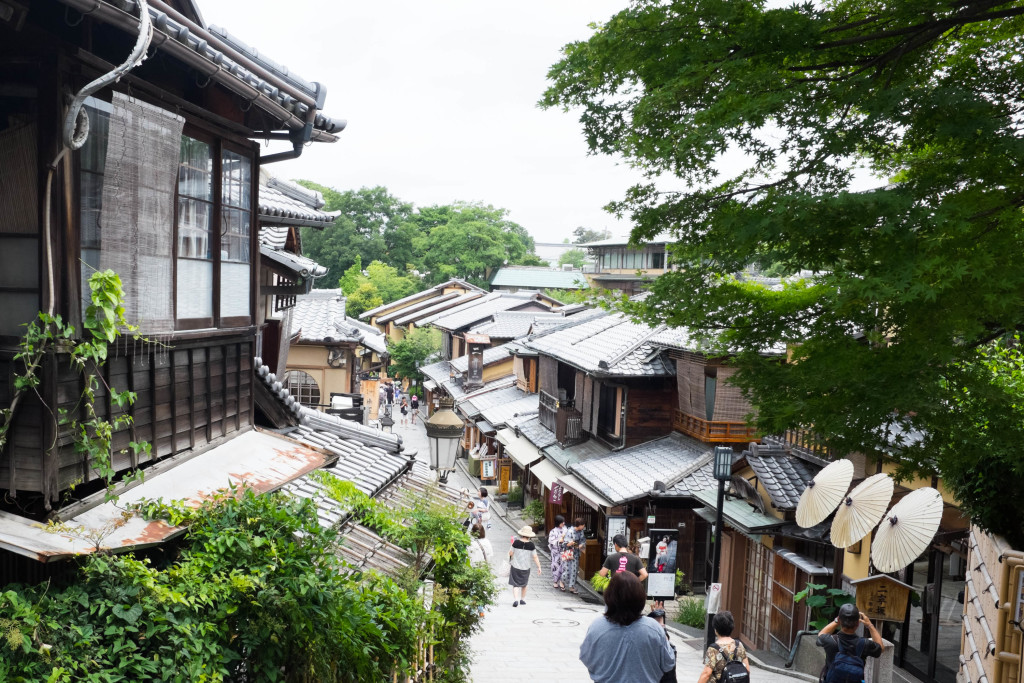
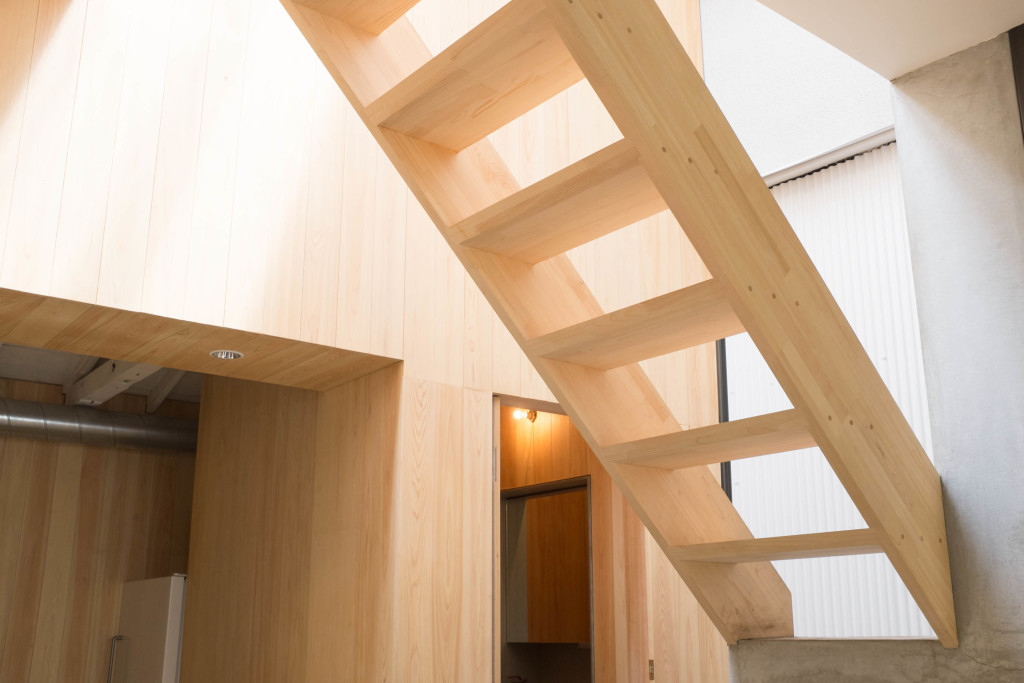
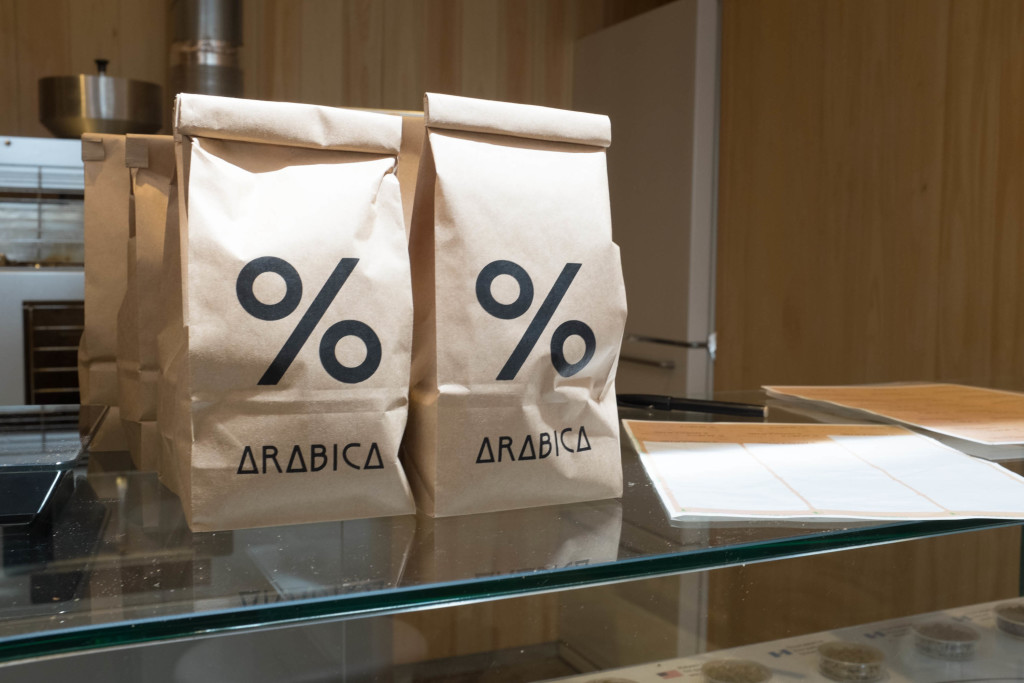
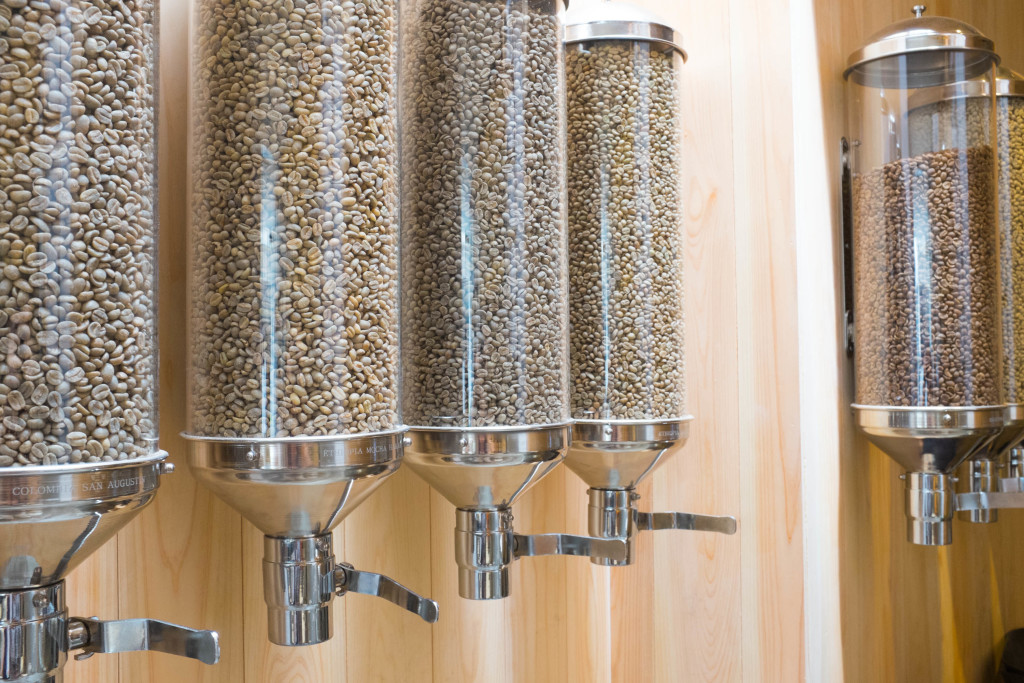
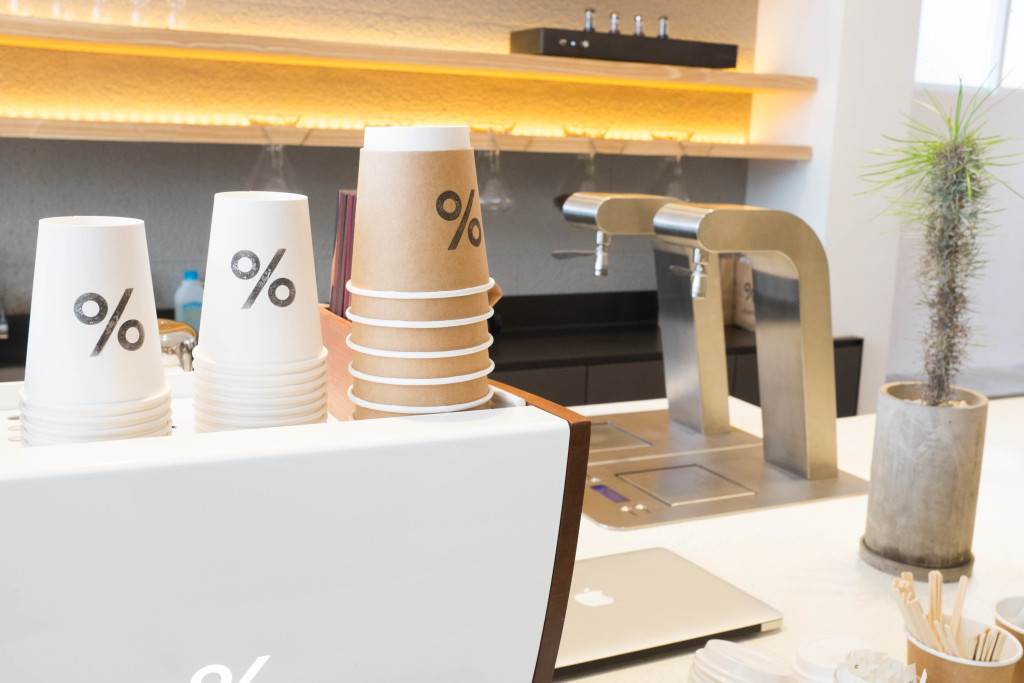
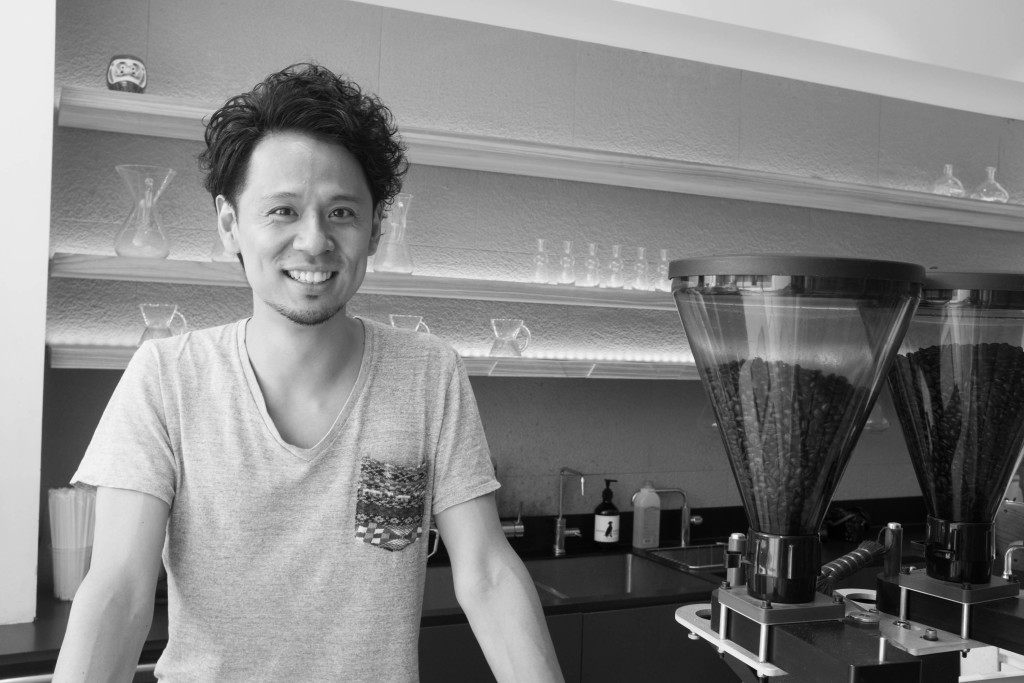
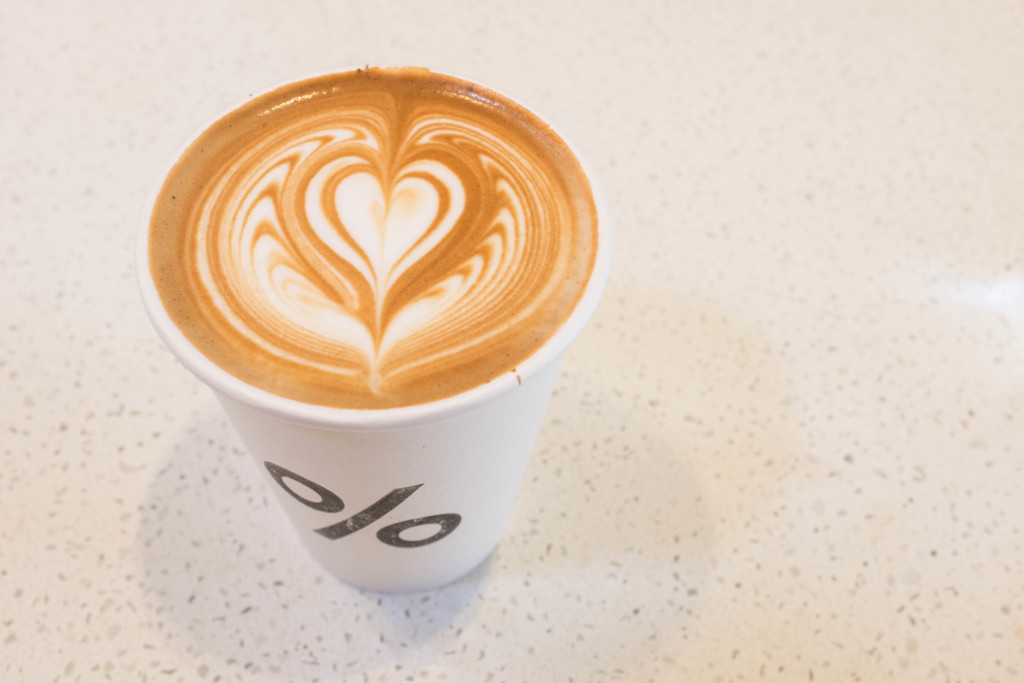
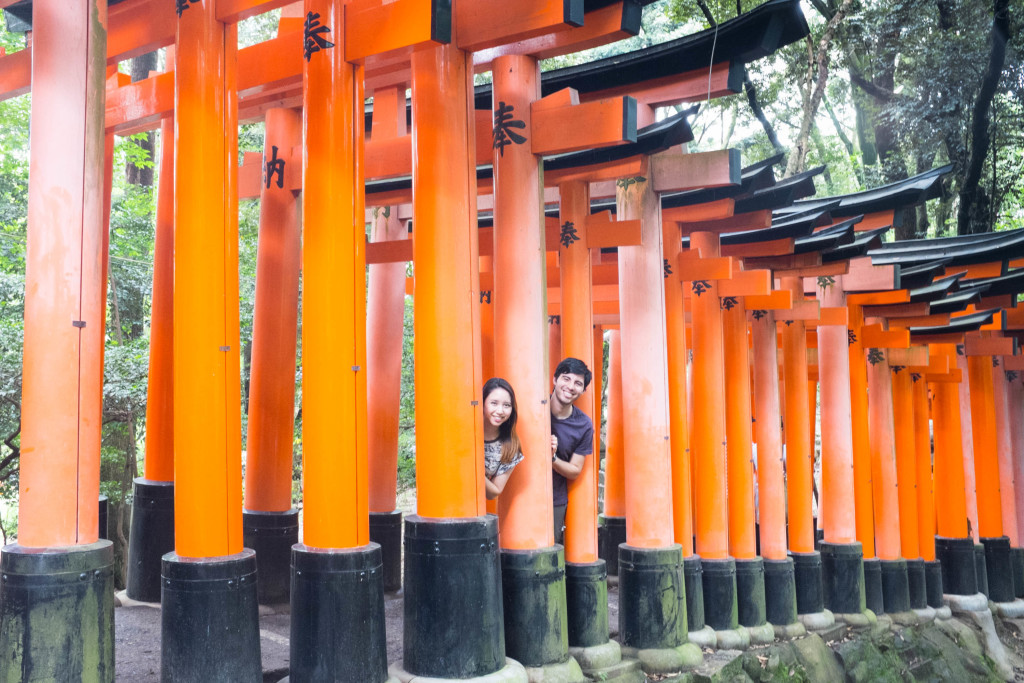
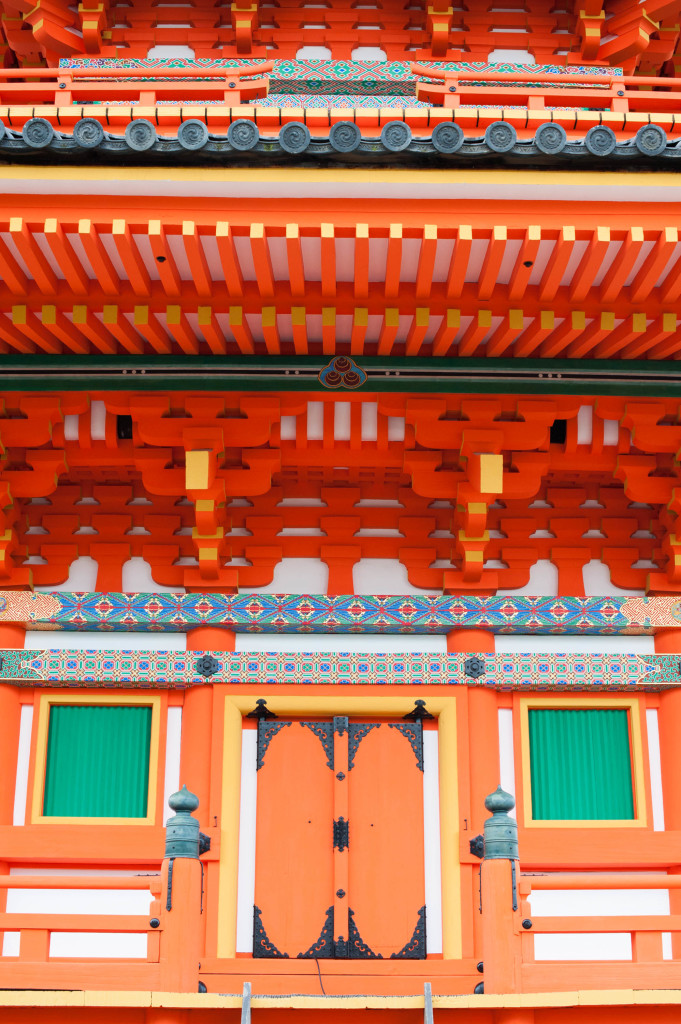
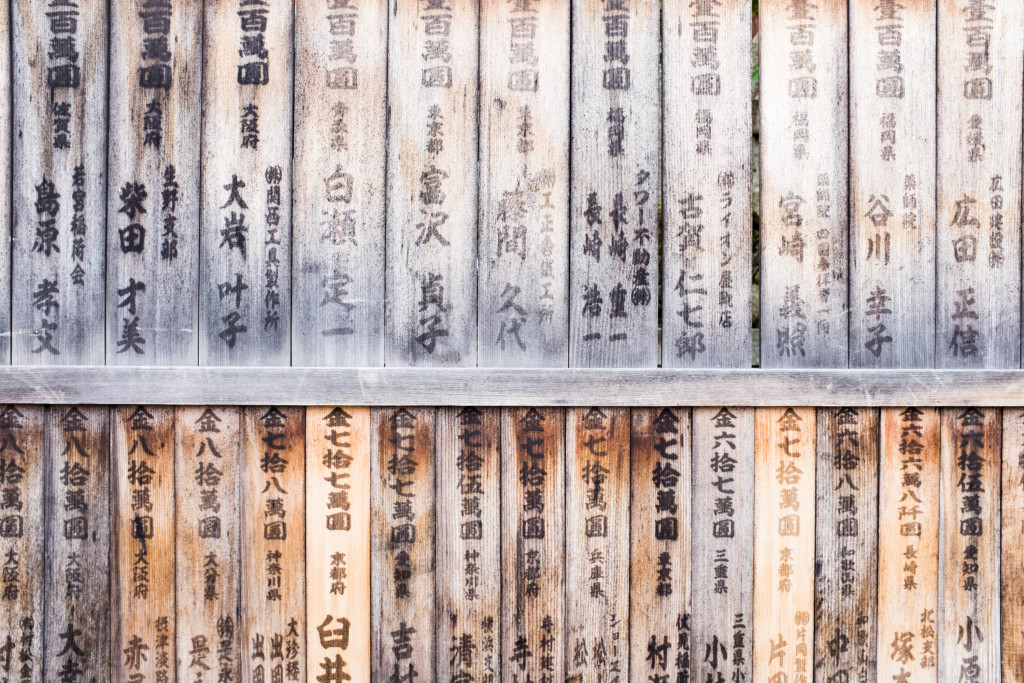
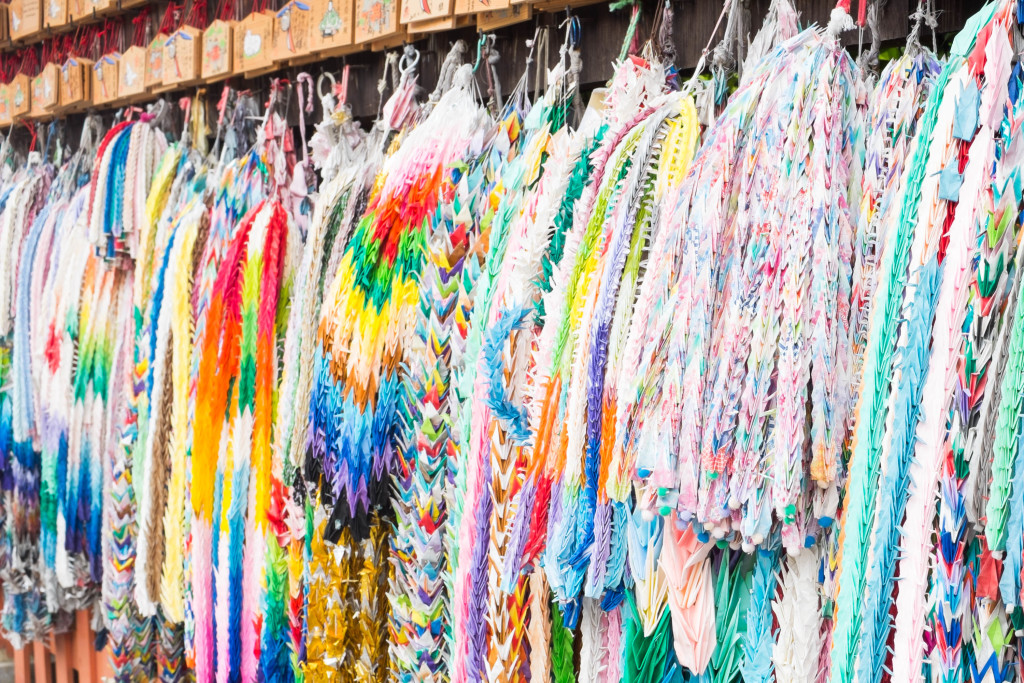
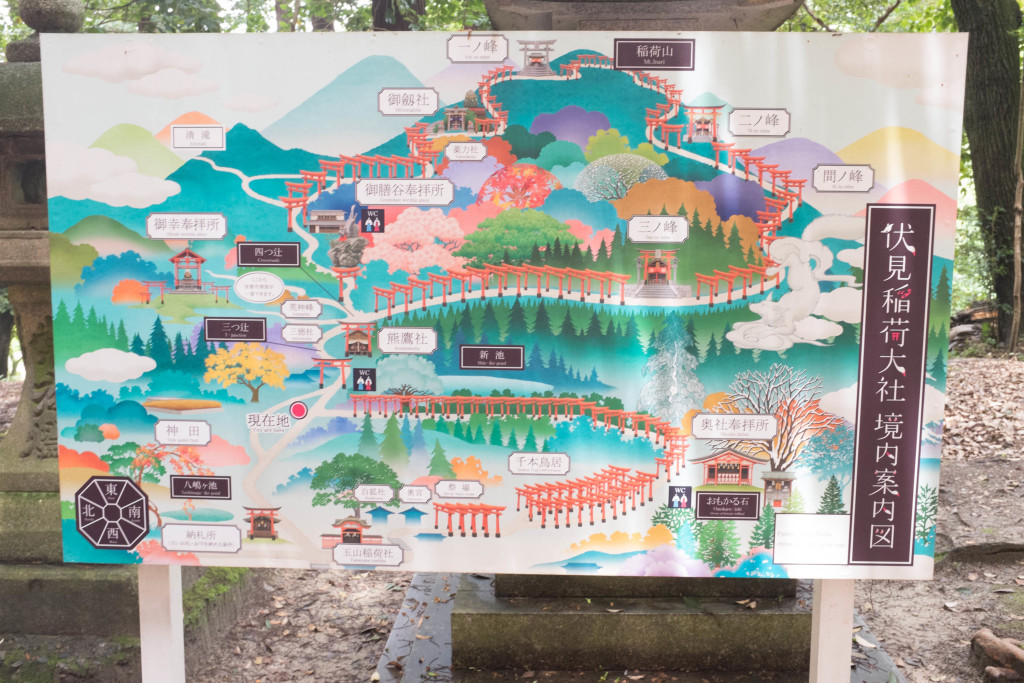
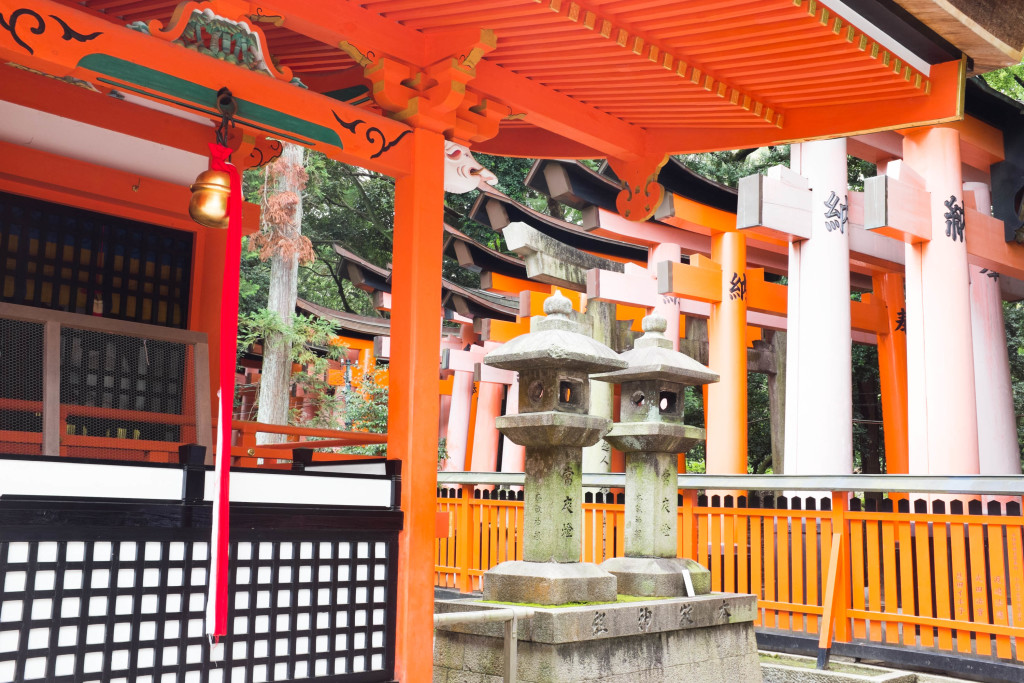
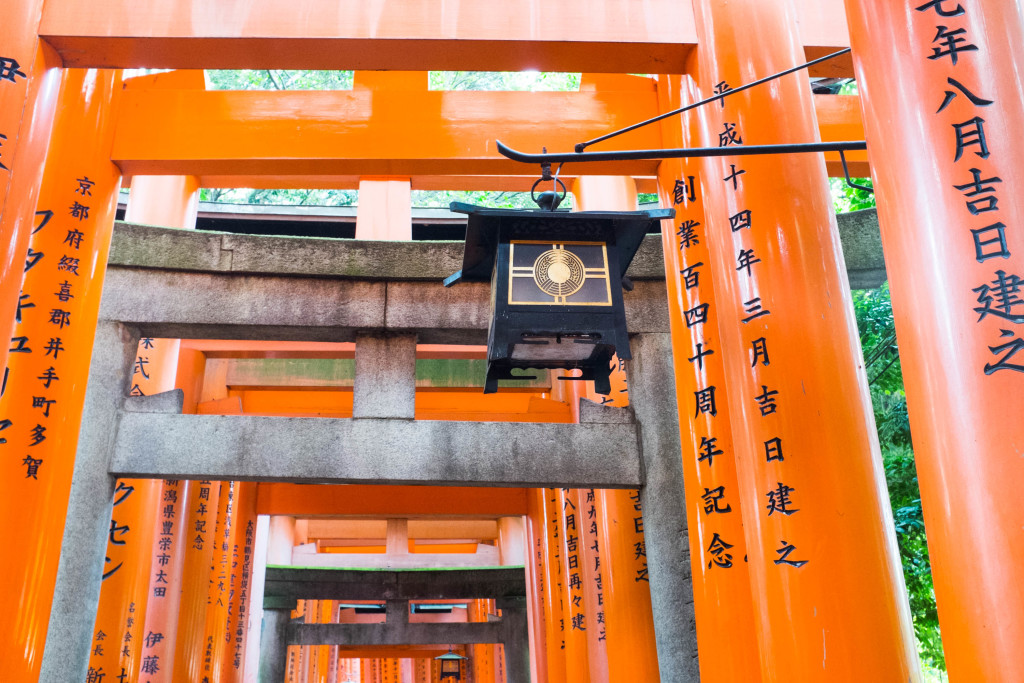
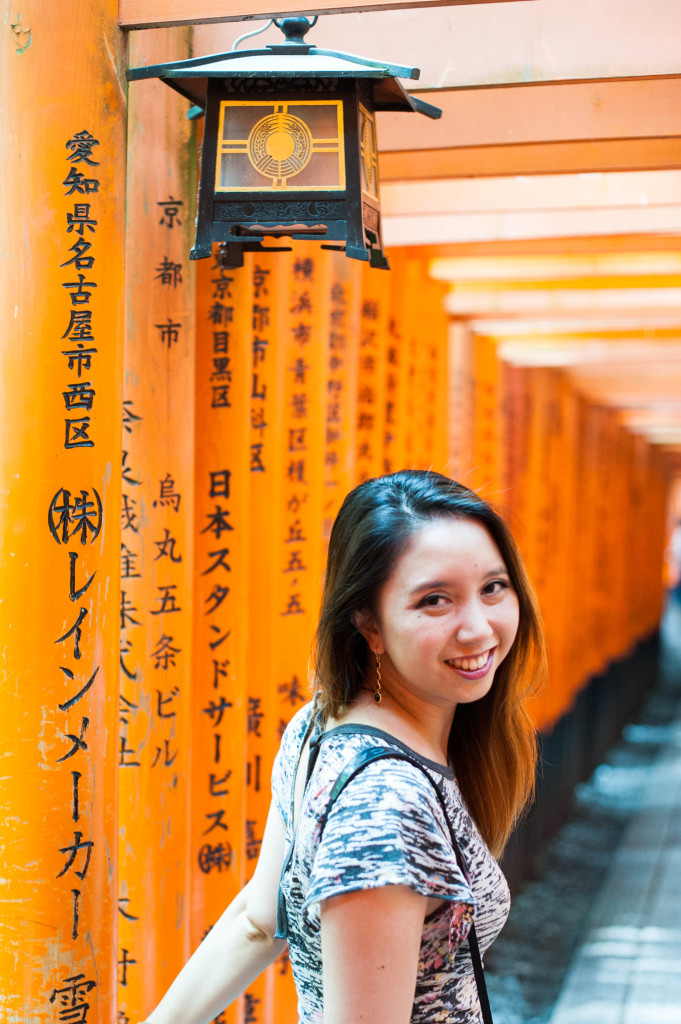
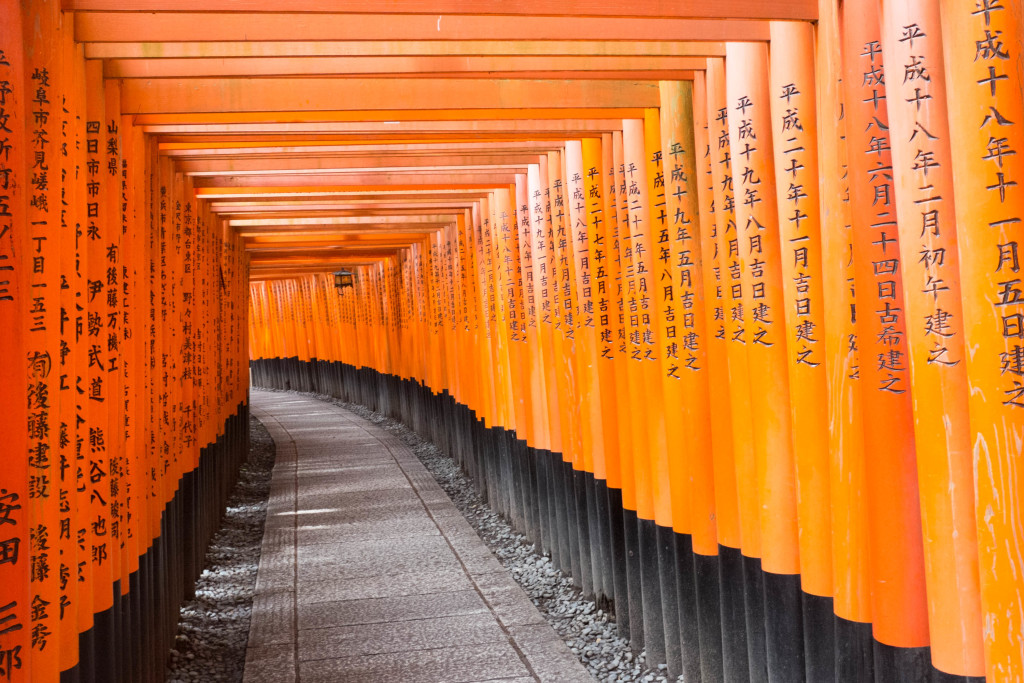
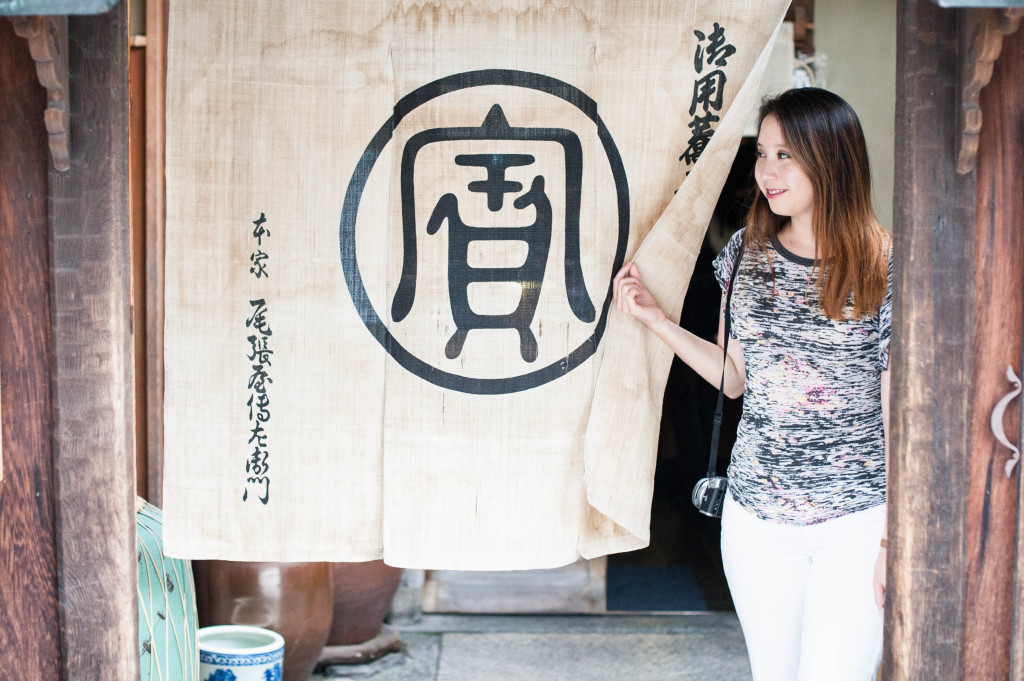
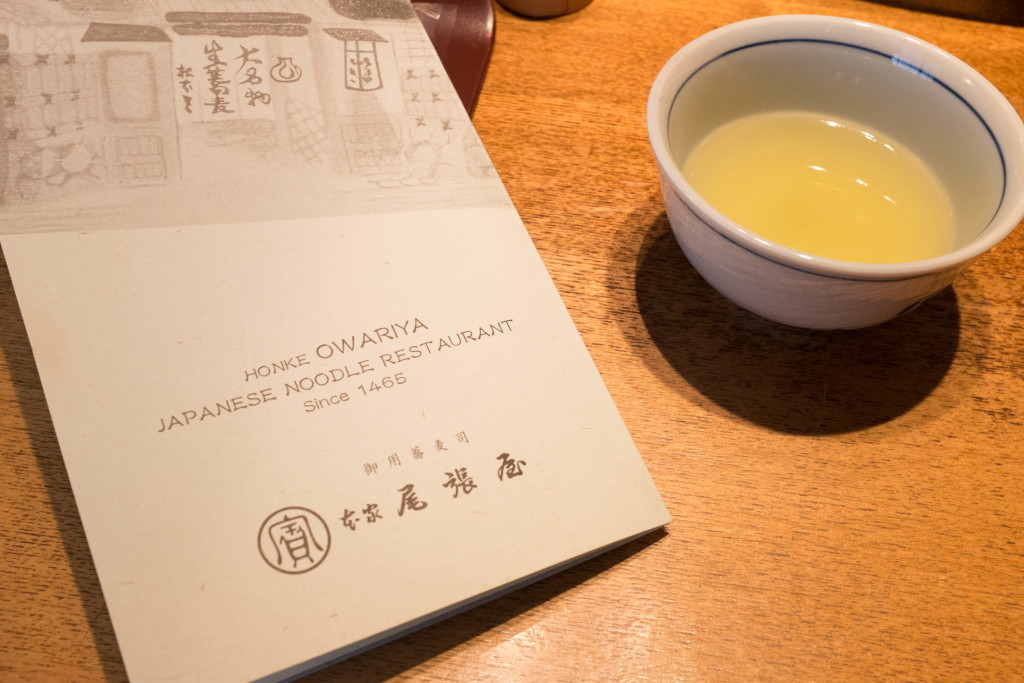
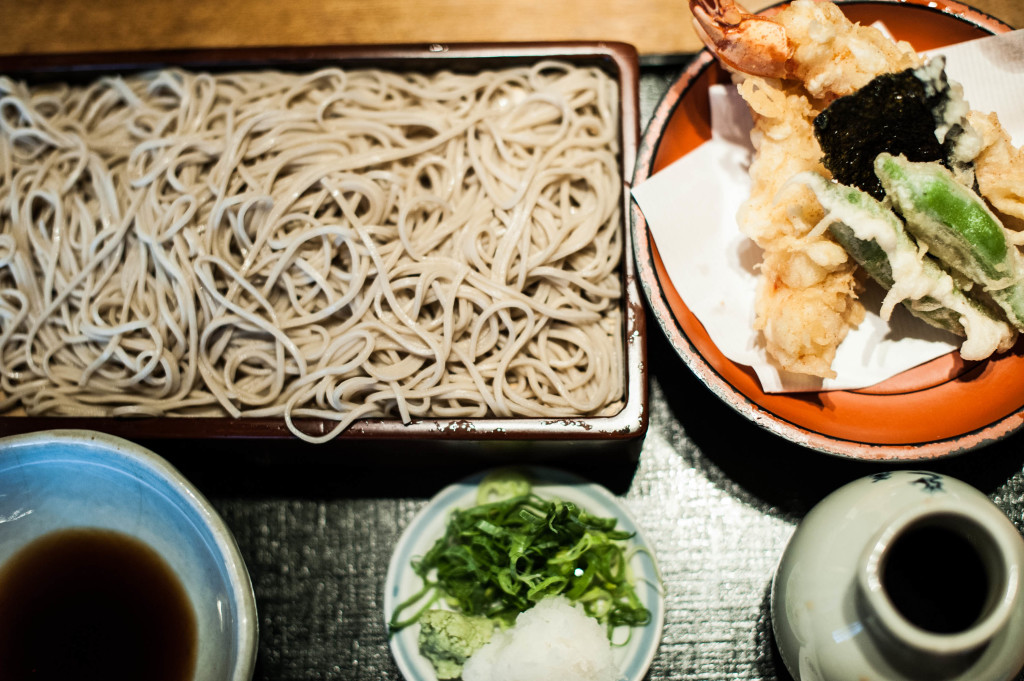
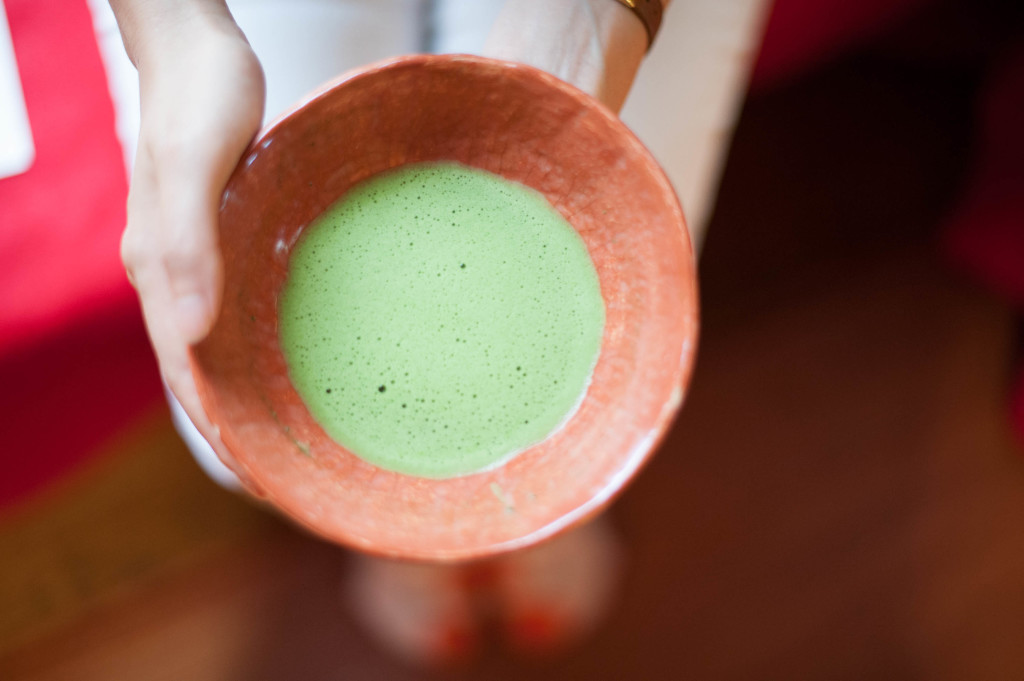
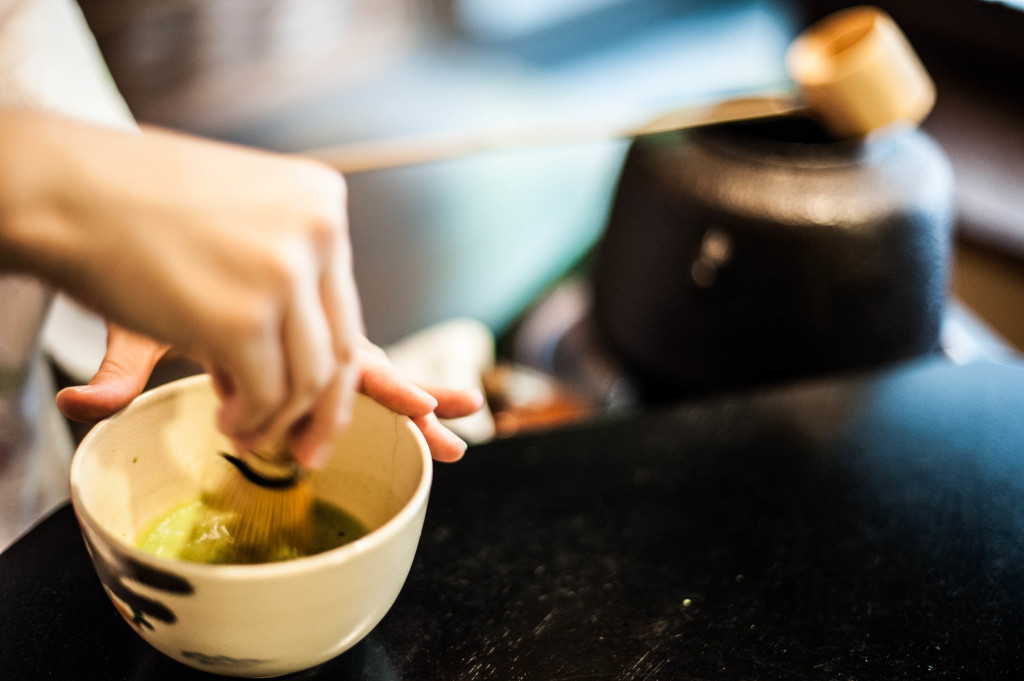
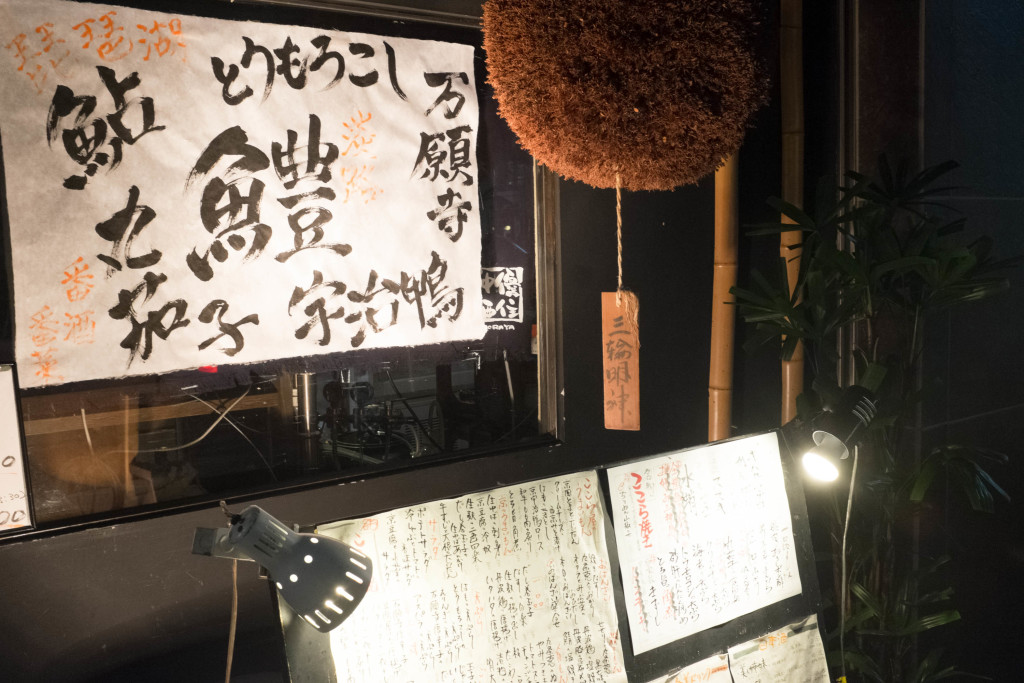
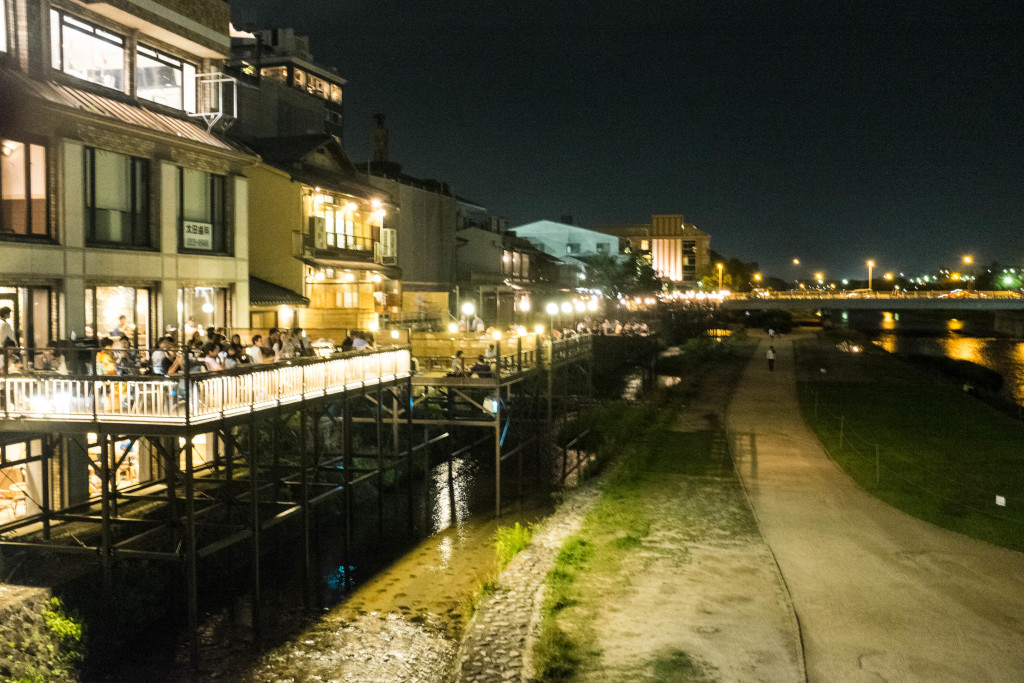
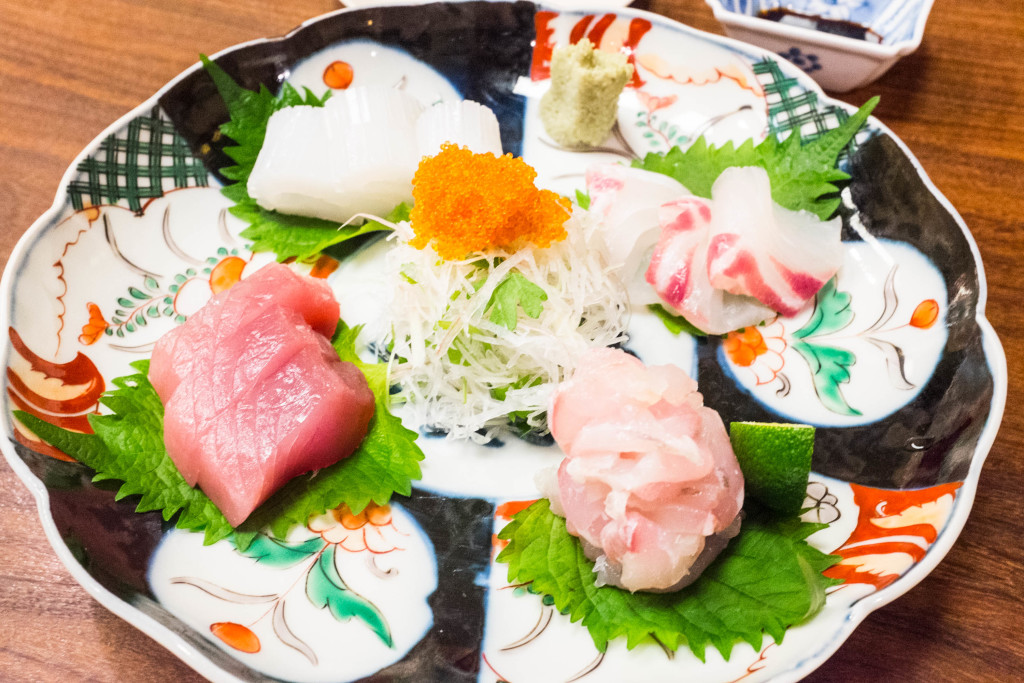
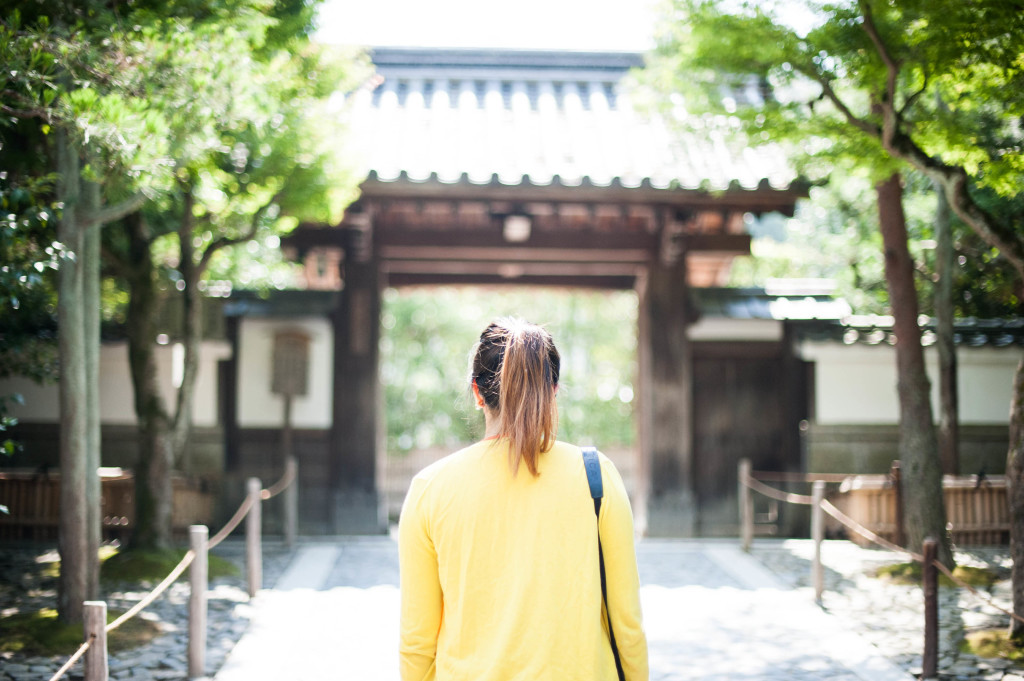
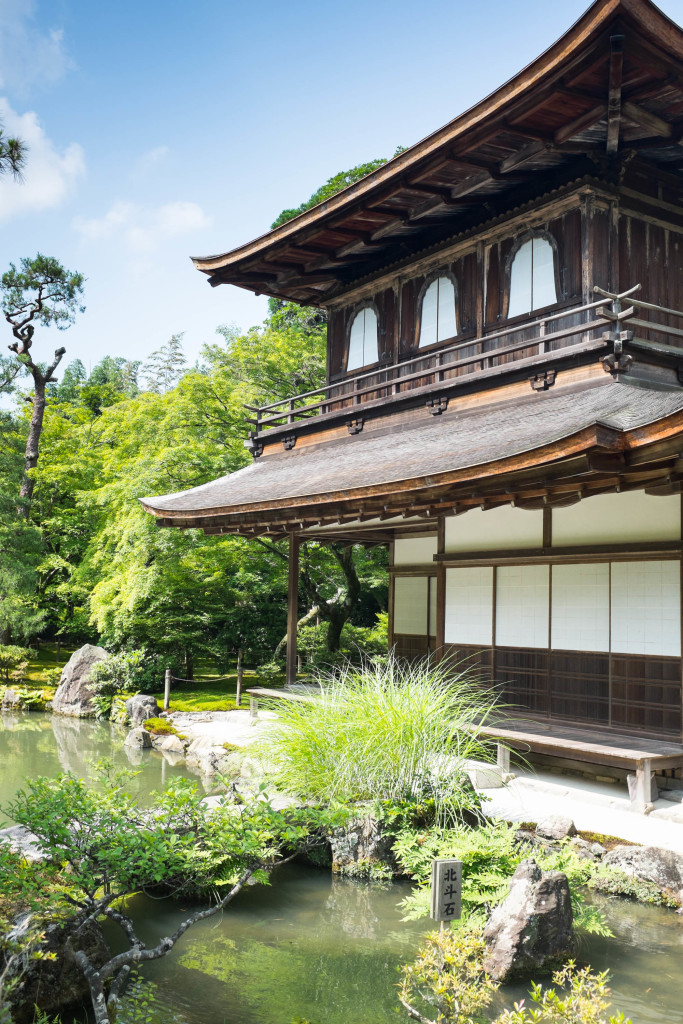
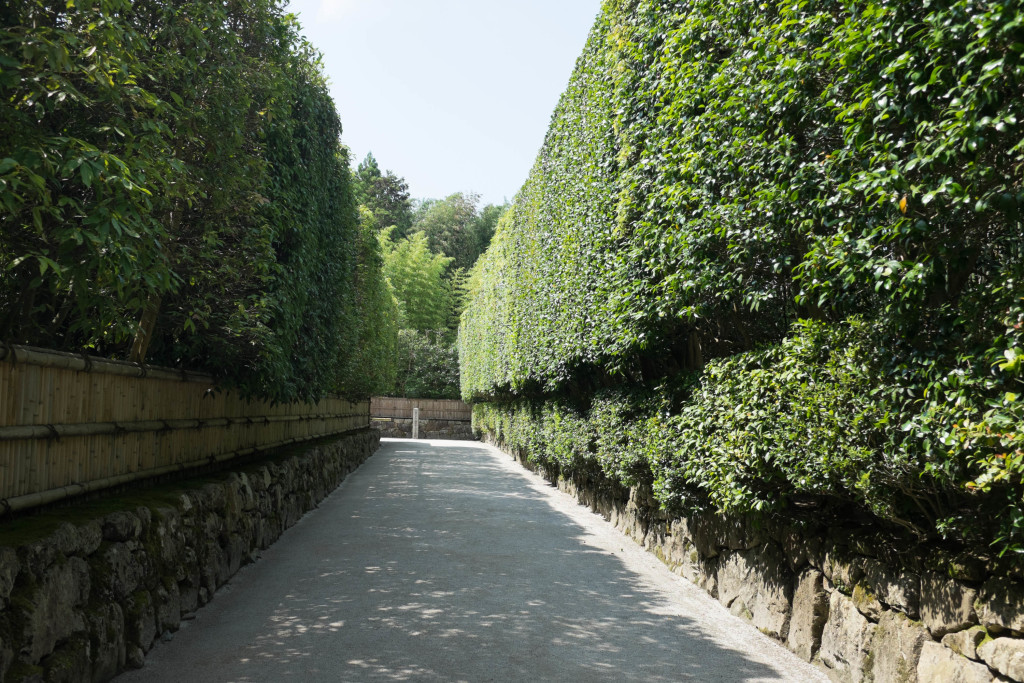
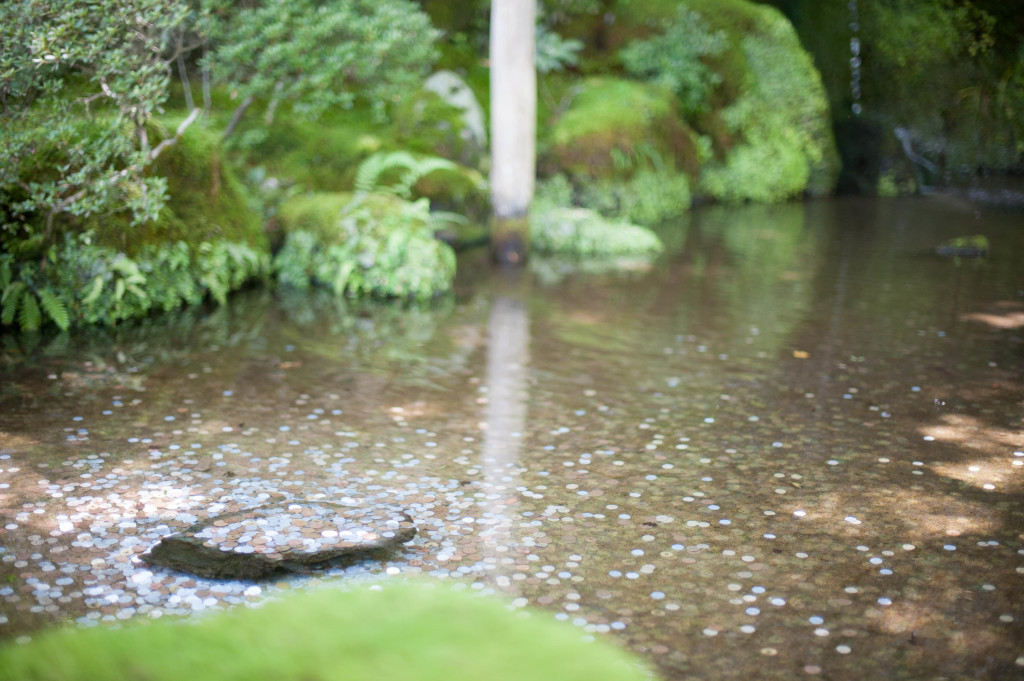
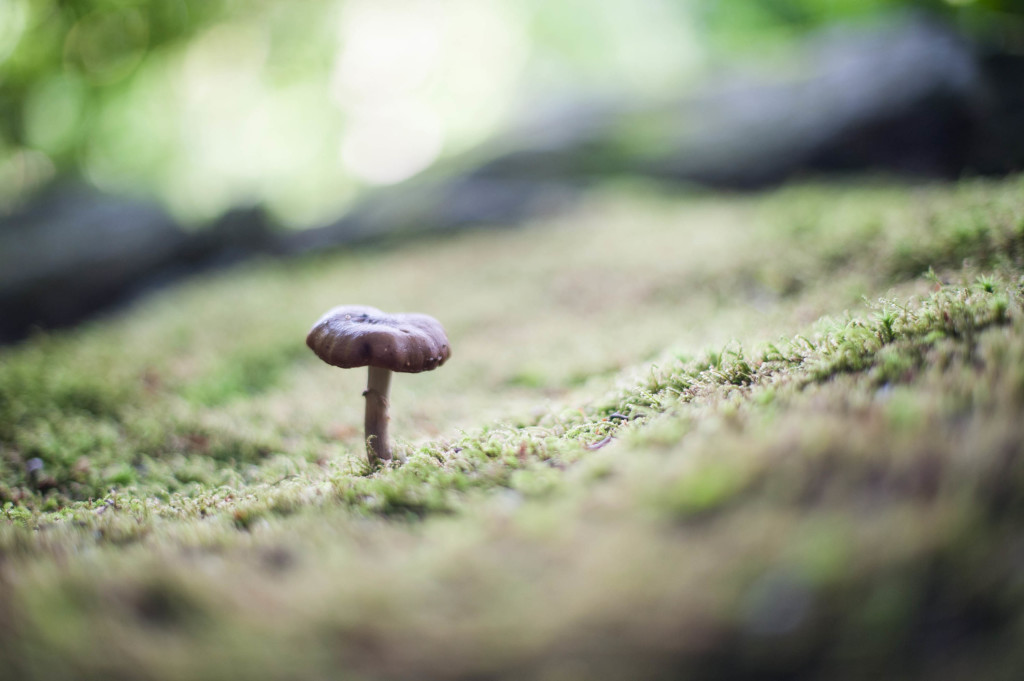
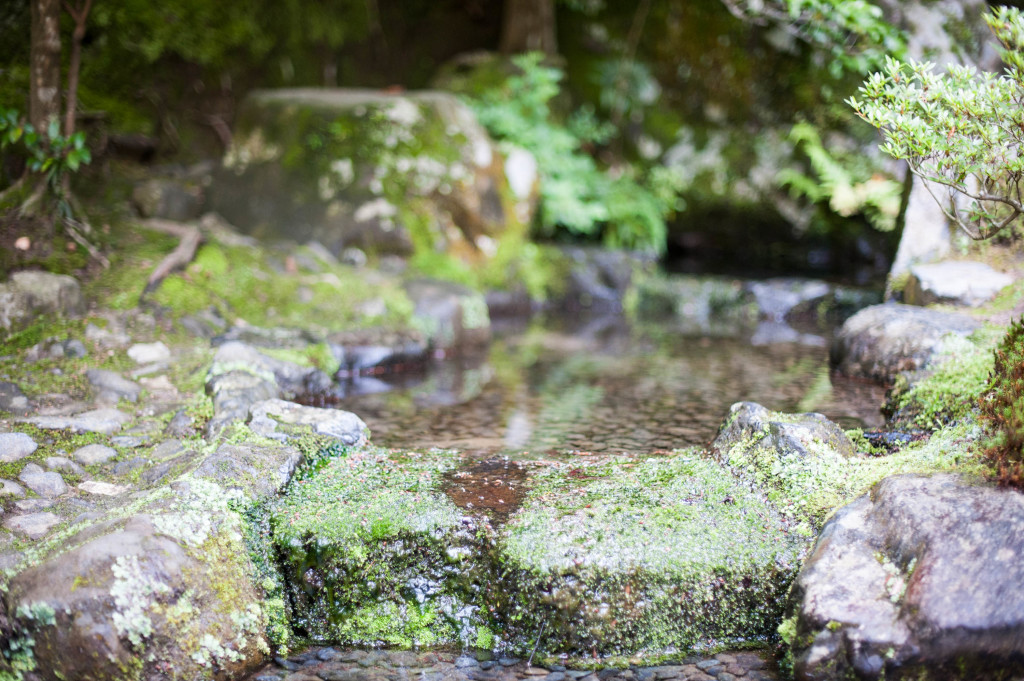
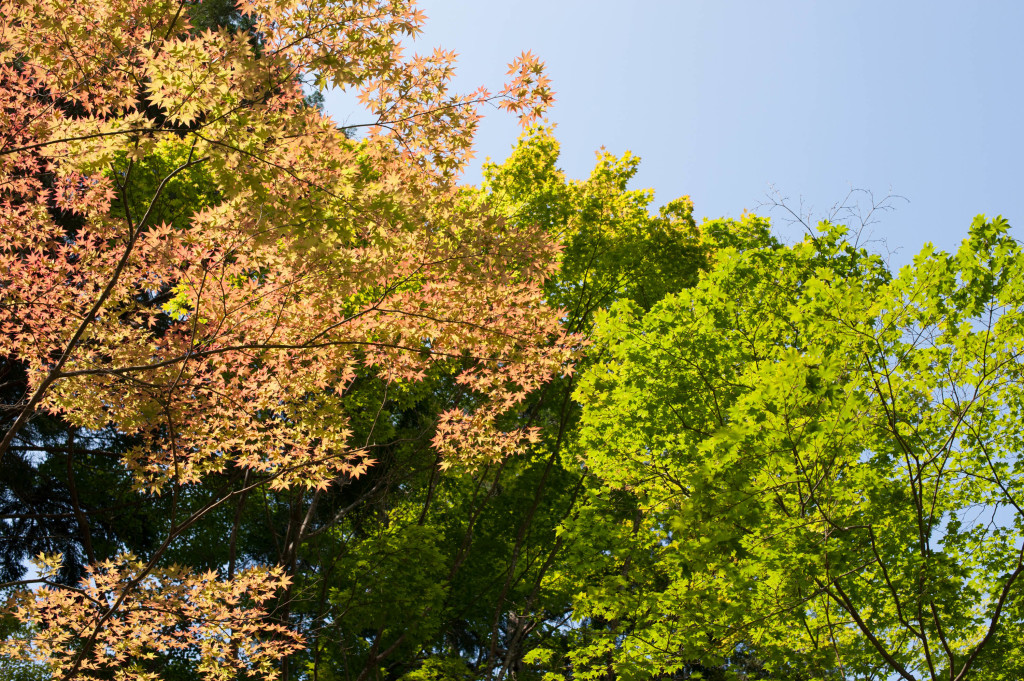
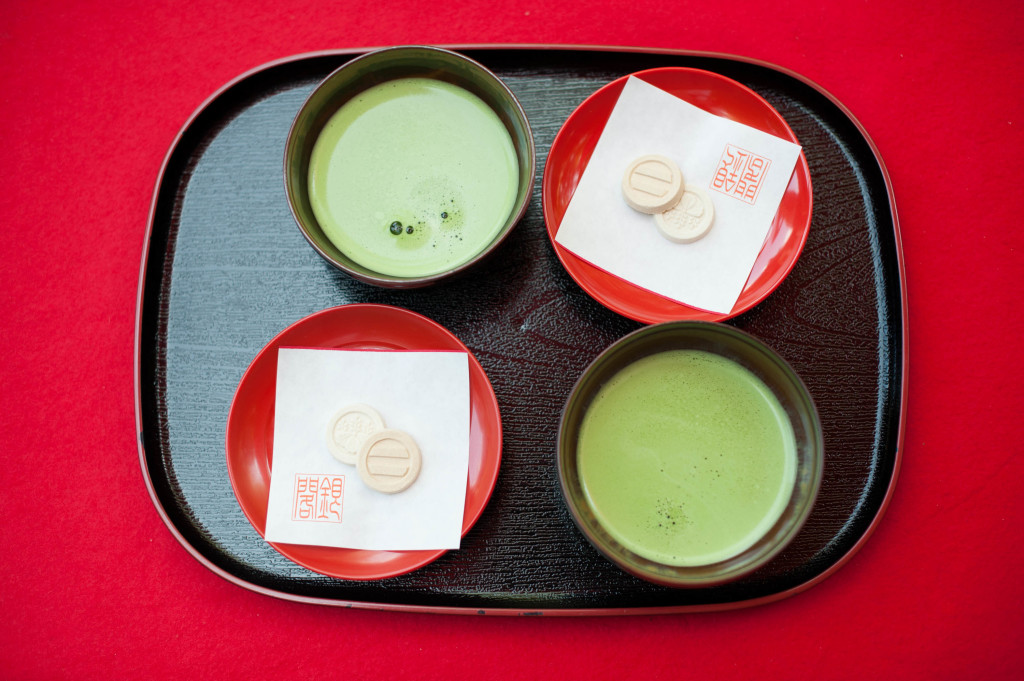
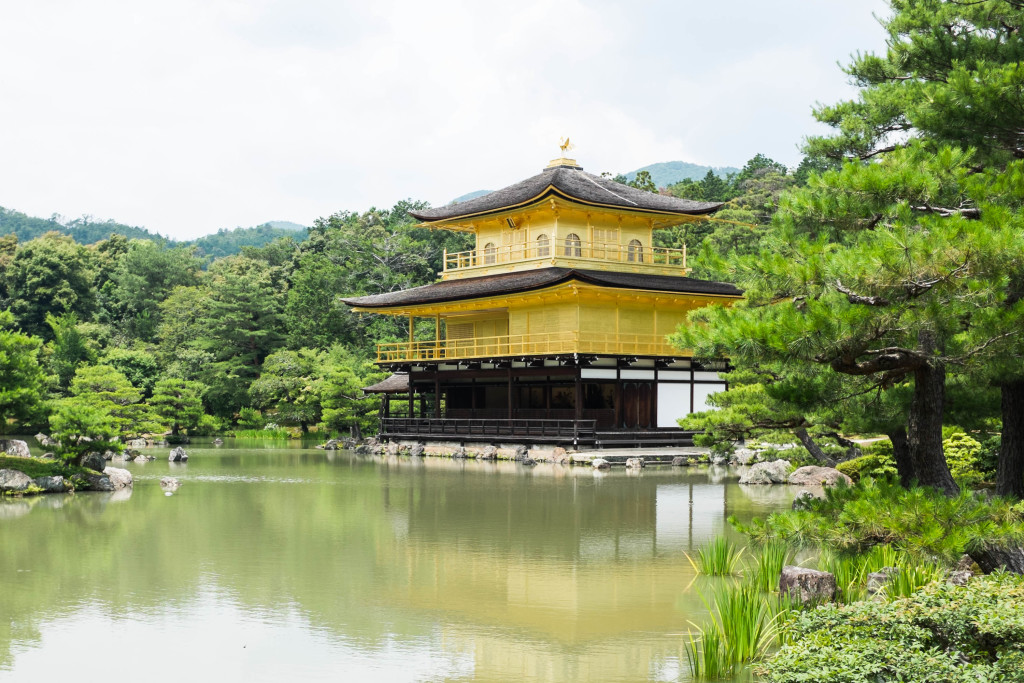
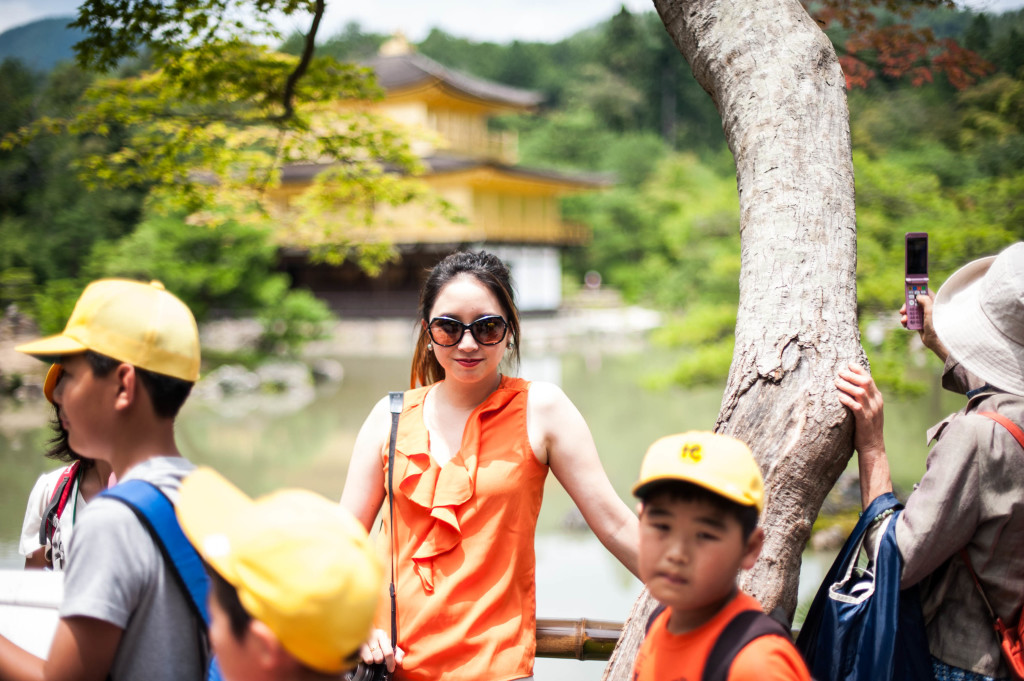
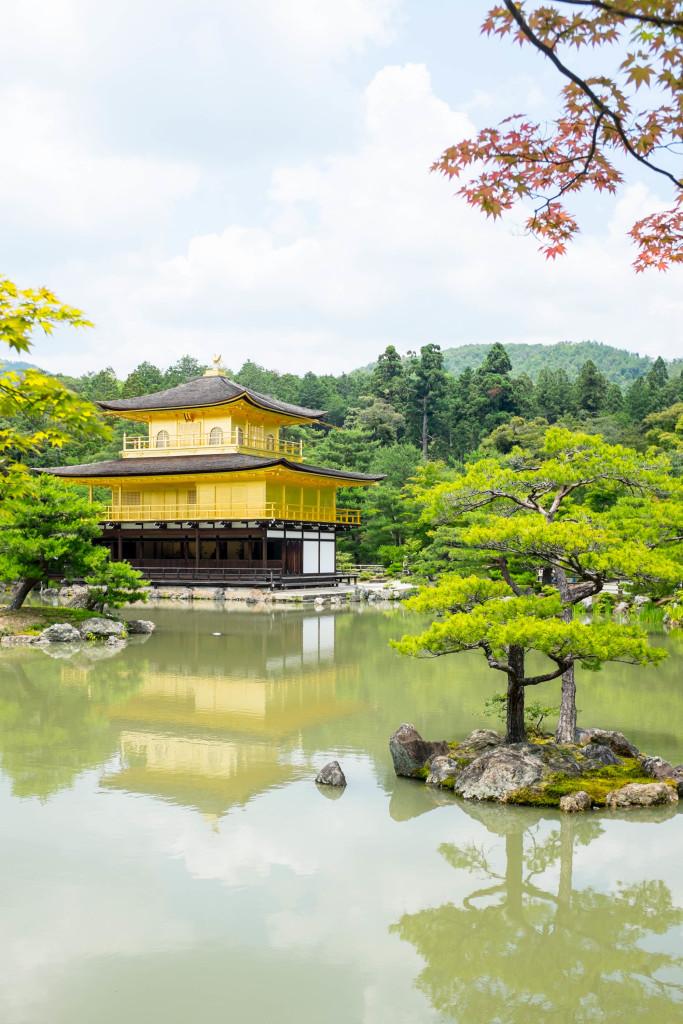
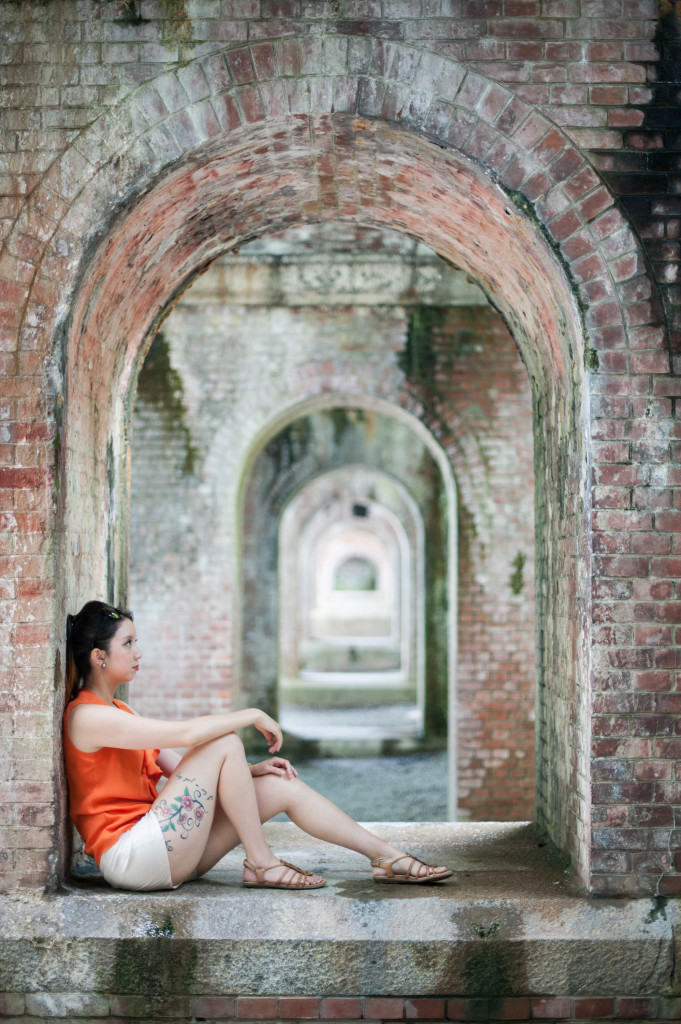
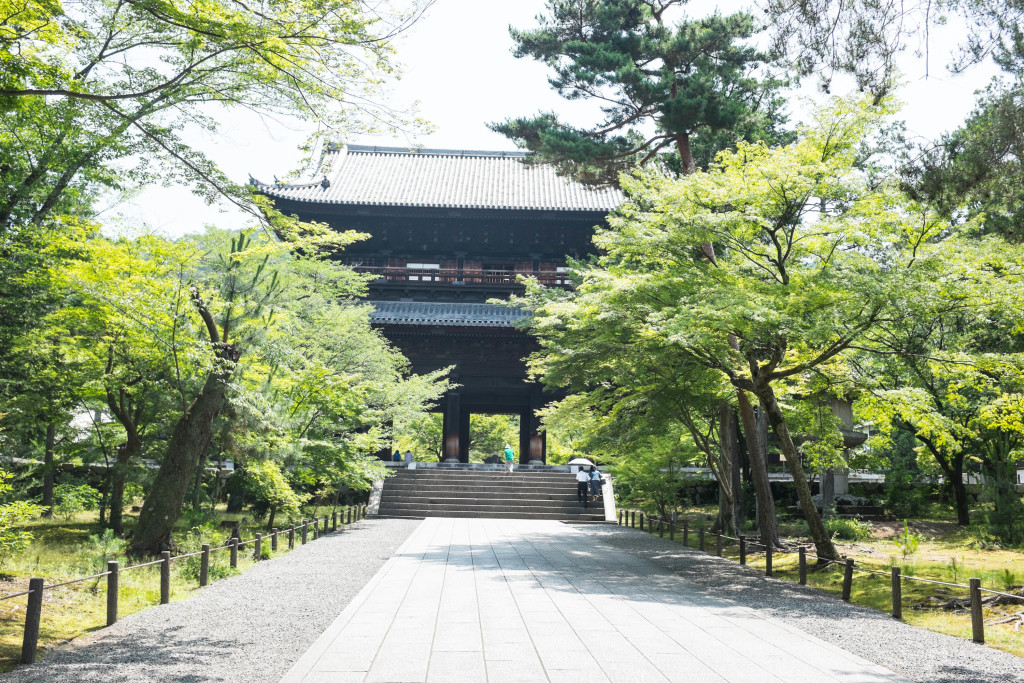
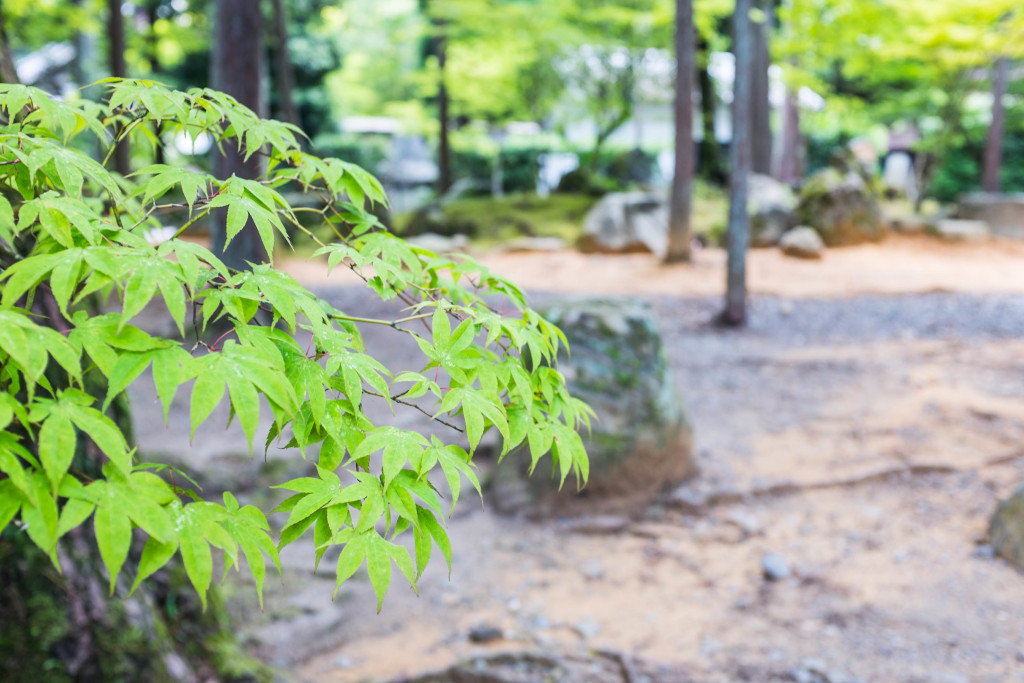
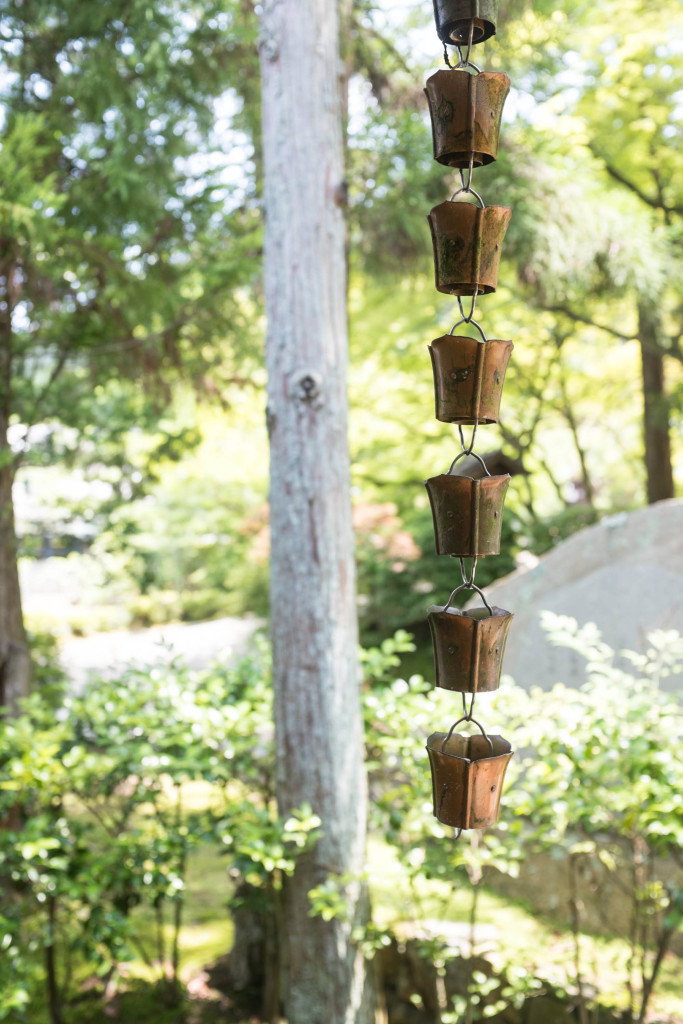
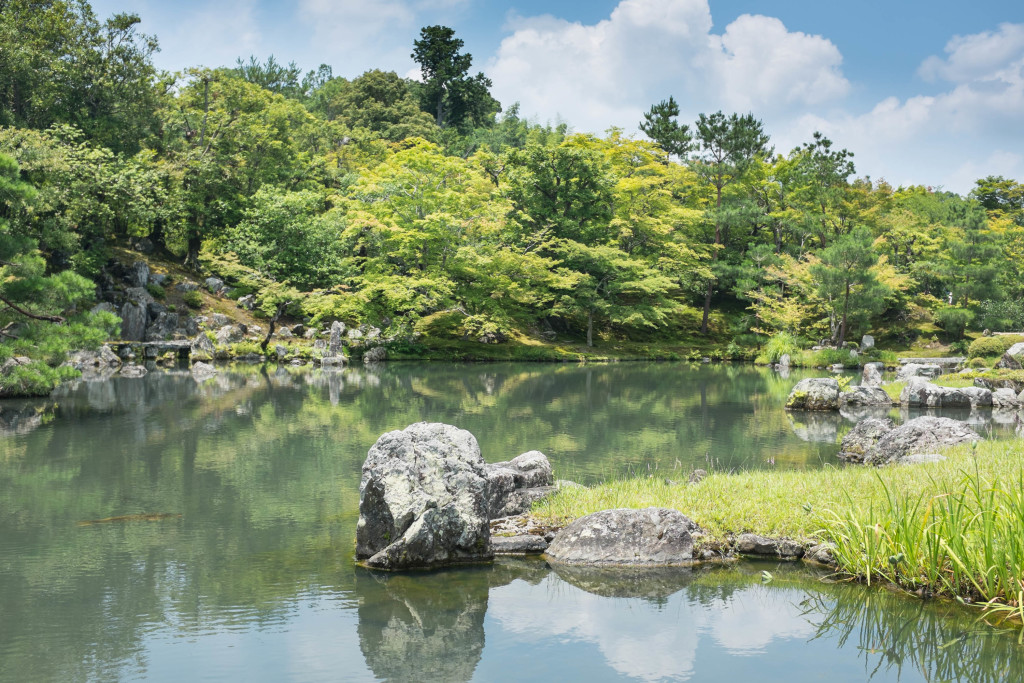
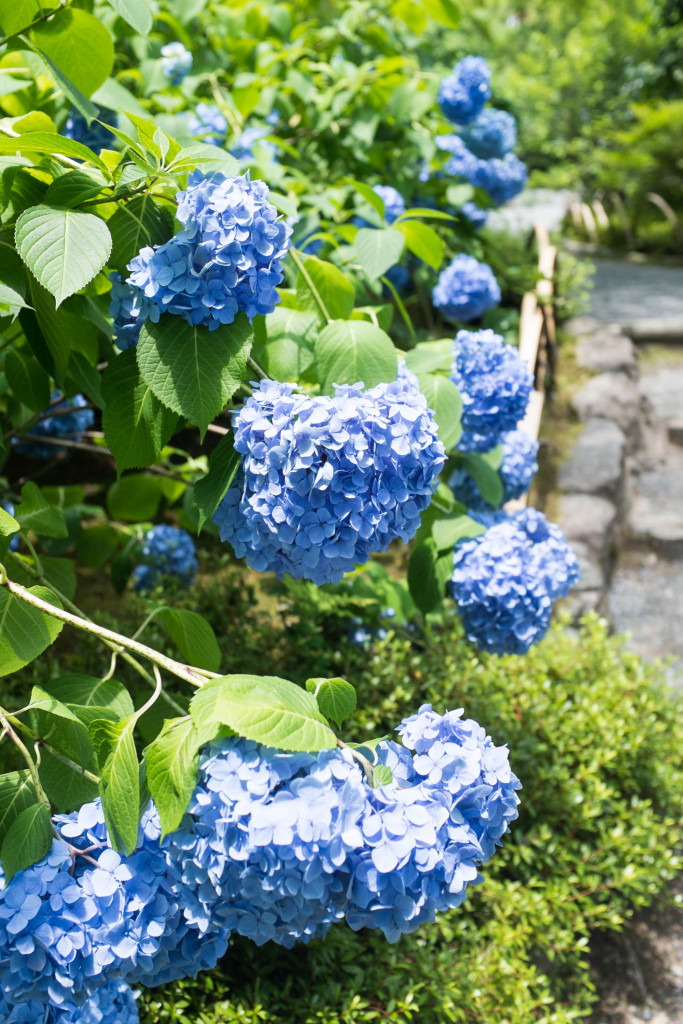
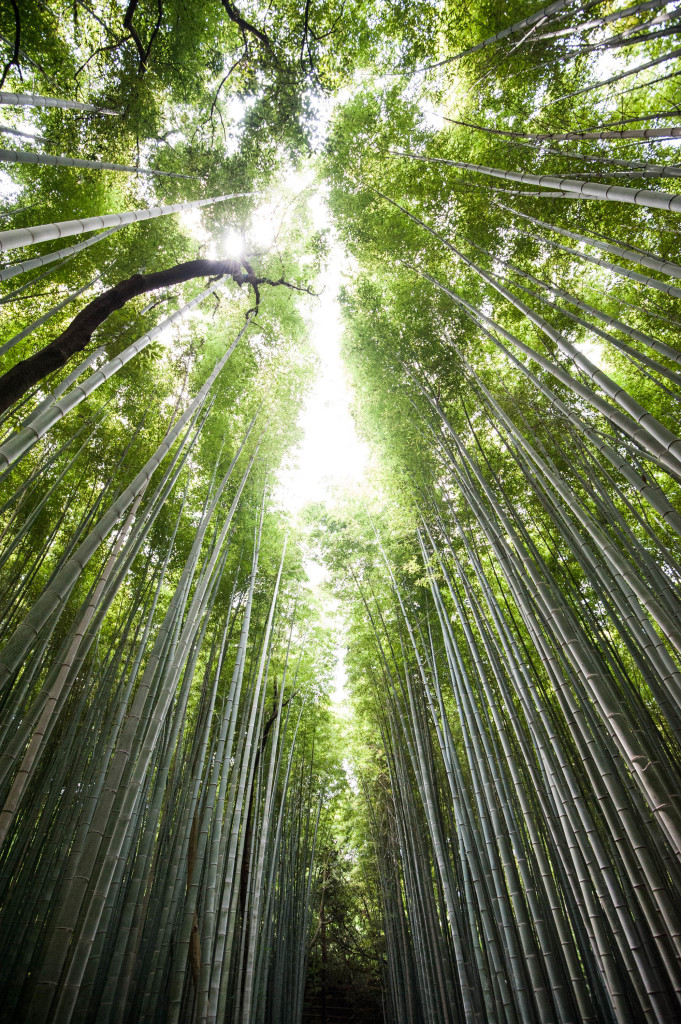
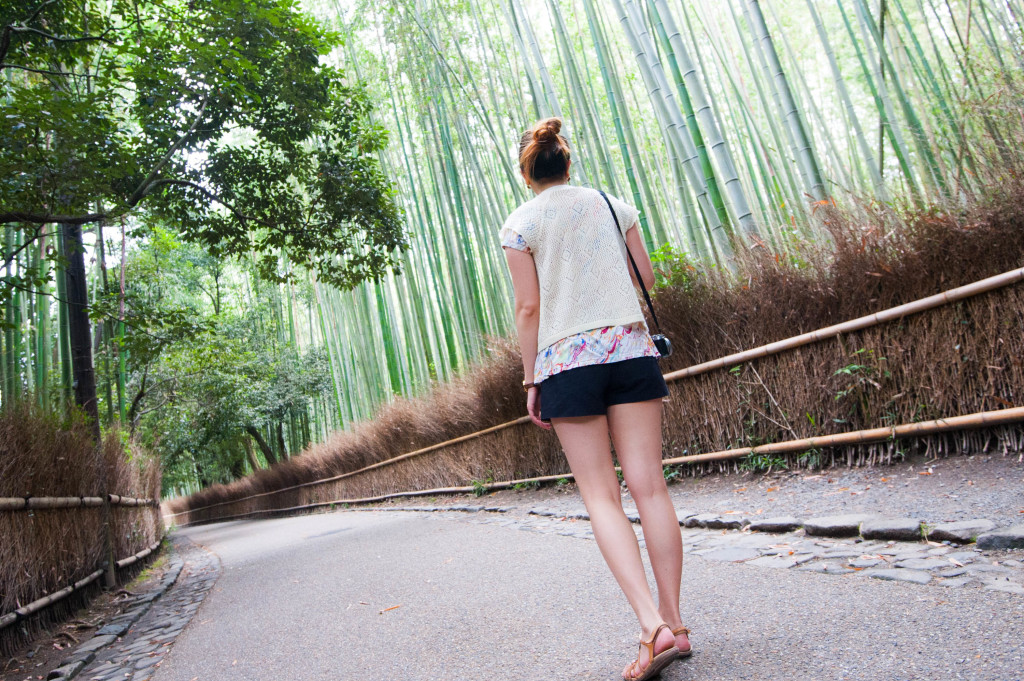
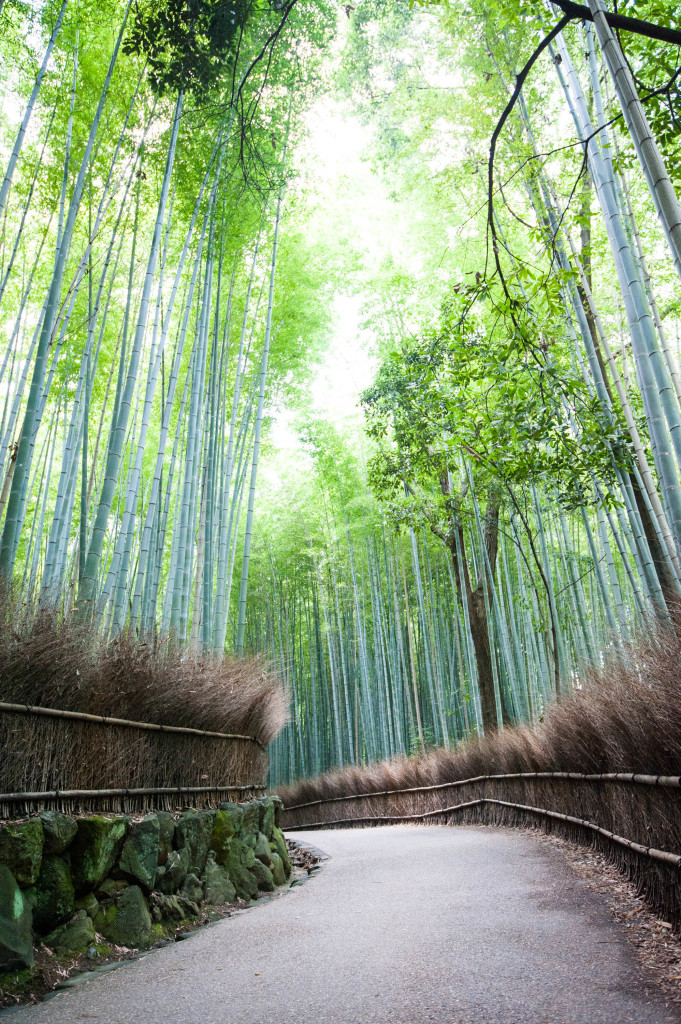
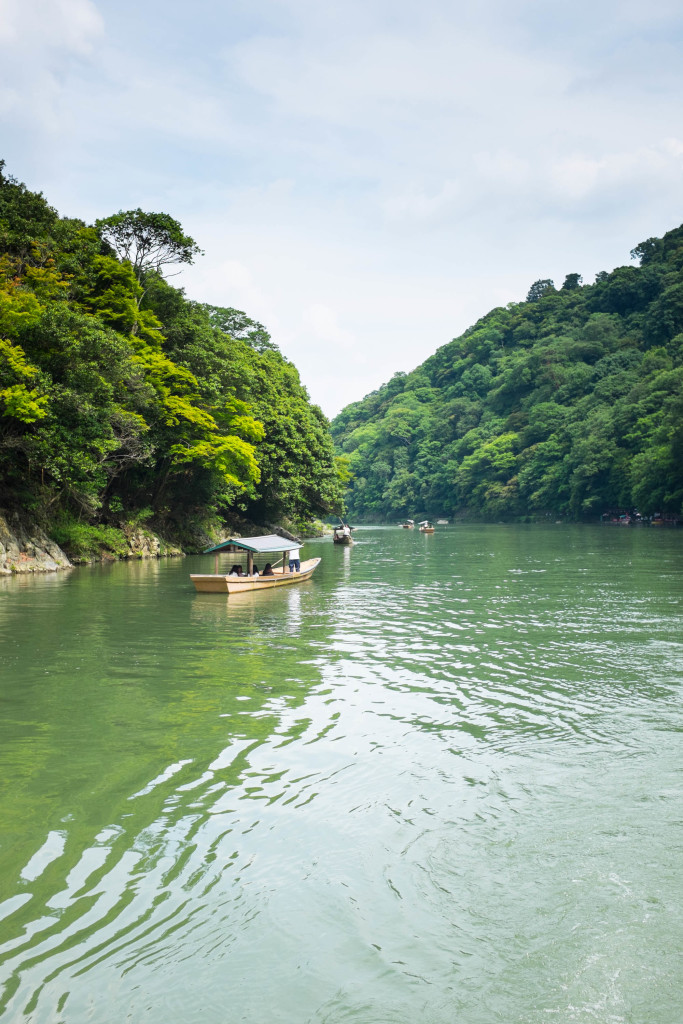
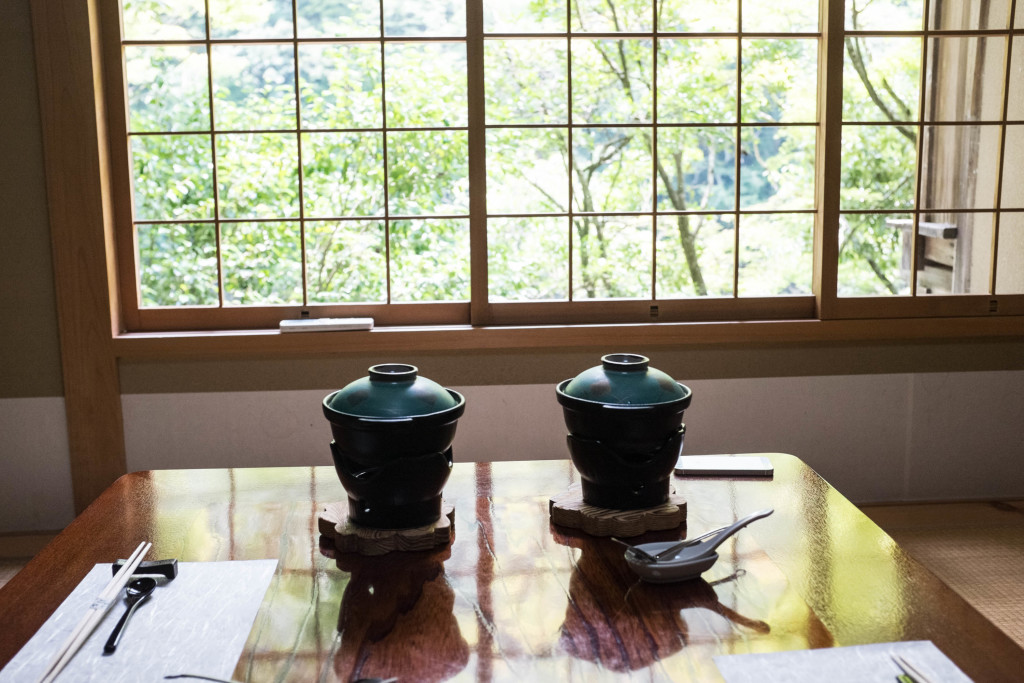
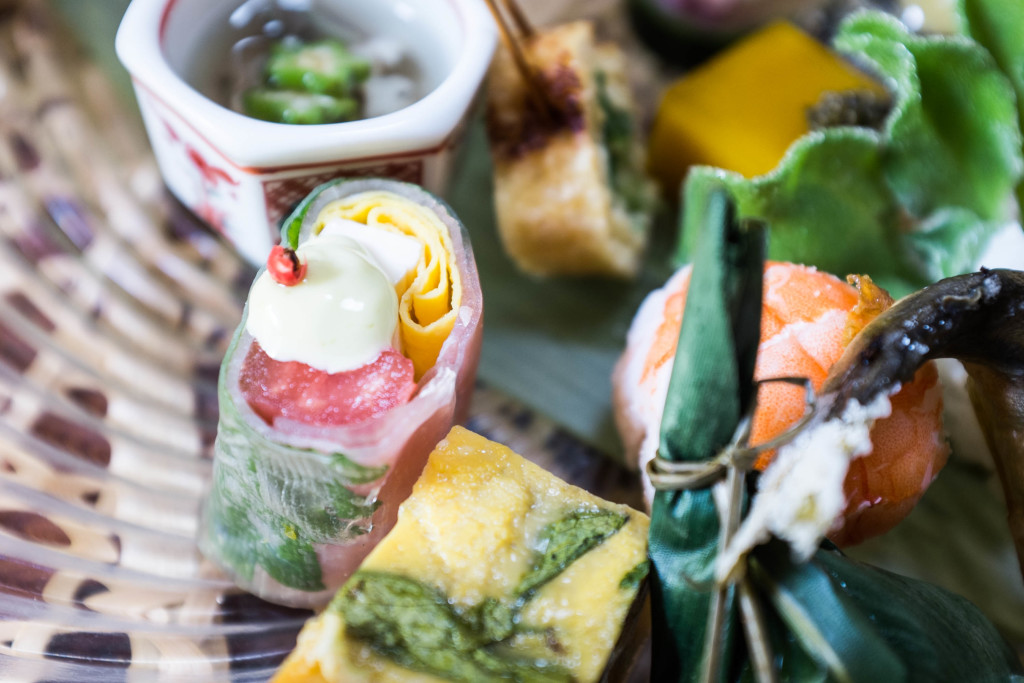
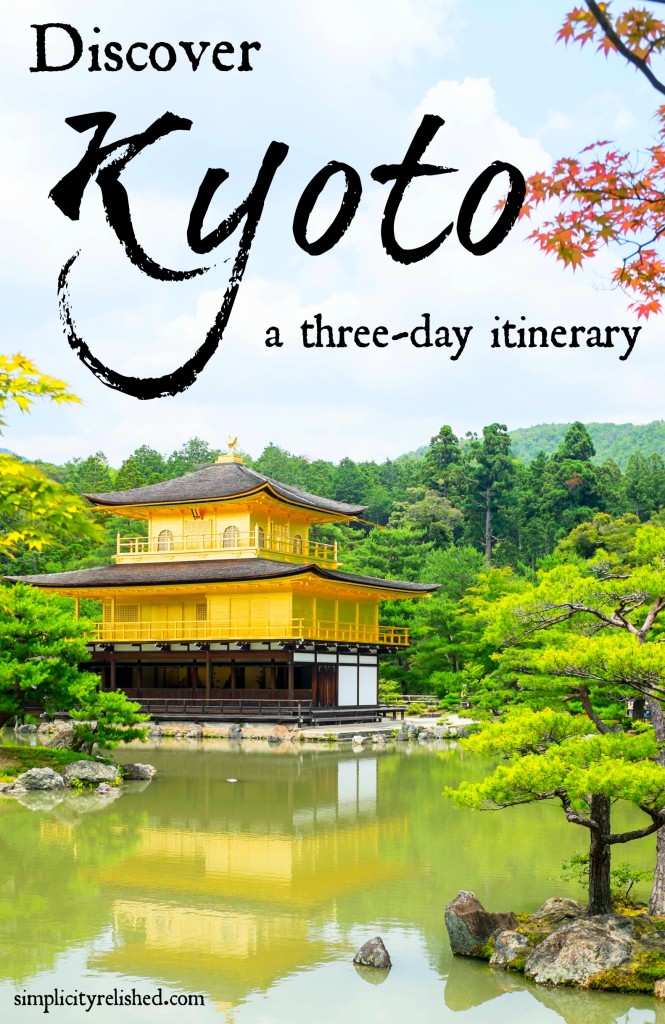
Hi Daisy! Came across your blog while searching for itineraries for Kyoto. Great post and thanks for sharing the tips! Your pictures look so good! Since you’ve been to Kyoto, and I only have 2 days there, what do you think of this itinerary: https://www.43km.co/published_trips/1c216944-6583-48a1-89ba-c9eab8e83e25
Thanks!
Hi there! It’s so nice to see your post about Kyoto! I’m actually planning to go there by myself next year fall. Do you have any suggestions on how you can spend your money wisely in this trip? It would be greatly appreciated. Thank you!
did u travel to Honke soba from Fushimi inari by bus, train or taxi? can i get the address for Obanzai Menami?
Hi, great ideas. We are going this summer (June 2017), I have a tattoo on my arm and I noticed you have a tattoo on your leg. I was wondering if I need to cover it? Things I read made it sound like Japanese think it very taboo….what was your experience? thanks for sharing your trip. wr
I’m so excited for you!! Enjoy your trip and come back to let me know how it goes!
Happy New Years! Thank you sharing your experience. I’m currently planning our trip in May, and wasn’t sure how long we should stay in Kyoto, but after finding and reading your post through my research, i have a good idea how long we should stay. Thank so much! One less stress to worry! XD
Wonderful temple. The omamori of Kinkaku-ji temple can be found on http://www.omamori.com … very incredibl temple
We did a combination of both. You could do all the walking if you wanted to, with the exception of a few temples that are really out of the way. But it’s pretty easy to ask for a taxi from the major sites.
Just curious, between each day did you walk to each of the sites or did some sites require buses/cabs? trying to group sites together that are easily accessible on foot.
kind regards
michelle
So glad to hear that Cindy!! Please enjoy. And definitely let me now what you love!
Thank you. I am traveling to Japan and have a three day stay in Kyoto. Your post has really helped to organize what was overwhelming. My first time to Japan and a life long dream destination. I want to make the most of it. I will check back to let you know what I thought and how great the coffee shop was.
C
What an awesome post! I am planning a 3 day trip in Kyoto and this covers all the places I want to see! Yey!! Was it ridiculously hot in July? So excited for our Kyoto adventure! Thanks for sharing!
Beautiful pictures! I’m living in Japan right now and I love visiting Kyoto. The bamboo forest is one of my favorite places I’m glad you went there! I also really like Hiroshima. Have you been there?
Hi, do you mind share the detail of the matcha green tea tour? thank you
Thanks! I live in Florida so unfortunately I don’t have the luxury of flying straight out of LAX which seems to be pretty cheap compared to flights flying out of south Florida. As for cherry blossom season, I’ll be going the third week of March so I probably won’t be able to see the blossoms yet, but maybe I’ll be lucky. I did that on purpose though because I want to try and avoid the crowds that’s come with the blossom season but still enjoy the great spring weather haha
That’s wonderful to hear, Kristen!
I can’t give you a definitive answer regarding flight prices because I don’t know where you live! I’d just encourage you to use price alerts and try flying on weekdays. Remember that spring is cherry blossom season so prices may vary. Best of luck and enjoy your trip!
Nice post and beautiful pictures! I’ll probably add most of this to my japan Itinerary for next year! I actually had a question, how far in advance did you book your tickets to Japan? my trip is in 9 months (Im going march 2017) and right now the tickets are like $1013 and I thought that was pretty cheap but I’m not sure if it’s too soon to buy, any advice? Thanks!
Hi Sarah! I am so glad to hear that. Enjoy your stay!
Great Post! my husband and I plan to be in Kyoto area for about 2.5-3 days total and this was great help in planning the locations to visit! very helpful, thank you.
We booked our entire Japan itinerary through JTB USA. They’re entirely Japanese run and operate tours for English-speakers all over Japan!
Hello! Love your blog and Japan recommendations! Would you be willing to share the name of the tour guide you booked and/or contact info? I am booking our first trip to Japan for this June. We have found your blog the MOST helpful and is greatly inspiring us 😉 Thank you!!!
Hi Daisy, thanks for the great information. Your kind assistance is needed.
We will be coming from Tokyo to Kyoto via bullet train. Due to the limited time, we will be staying in Kyoto for 2 days 1 night in the middle of March. There are so much to do in Kyoto. So with such a short time, what would you suggest?
One of the place we like to visit is ARASHIYAMA BAMBOO FOREST.
Do you have any recommended hotel for our stay in Kyoto? Thanks
Thank you!
Yes… well the question is whether you’d like to try to spot geiko/maiko while you’re there. If so, plan to be in Gion around sunset, before dinner. You might see them shuffling from doorway to doorway. Otherwise, Gion is a great place to wander through on your way to dinner any of the nights (unless you’re in Arashiyama). It’s pretty, but doesn’t require more than 15-20 minutes to see. Hope that helps!
Hi there! Sorry for the delay in response. Yes, we did have a tour guide. She definitely helped us get around a bit faster!
Hi Daisy, your post is amaaaazing! I’m going to do just that in our 3-day in Kyoto in this coming May. One question: how do I squeeze in Gion- Geisha District in this itinerary? Thank you so much for you post and look forward to your advice
Great post about Kyoto! I’ve been to Kyoto last July and I fell in love! I’m planning to go back some time this autumn… Thanks for your blog I now have an itinerary! Bu the way, did you have a tour guide when you went to Kyoto?
Oooh you were there in the winter! I would love to go in the winter. And I want to go back every time I look at these photos. 🙂
Great post, thank you! I’ve been to Kyoto in December and saw some of the spots you describe, but you made me want to go back…
Thank you, I definitely will! 🙂
Hi there! Thanks for reading. I’m so excited for you as you experience Japan in all its beauty and splendor! Enjoy Kyoto– take your time there– and let me know how it goes!
What a wonderful post, Daisy! I was going through Pinterest and accidentally came across the pin to your blog and I am so glad I did. Your photos and style of writing are very inspiring and ignite the wanderlust in me. 🙂 I recently moved to Tokyo and haven’t had a chance to go to Kyoto yet, but when I do I will definitely try to follow your guide. Thanks for sharing. I will make sure to follow your adventures on Instagram as well. 🙂
Kyoto looks amazing! I would love to visit there one day!!
– Southern Travelista
Hi Jessica! Thank you for checking this out! This is the detailed itinerary… let me know if you have specific questions that I can answer. 🙂
Subarashi! Love your photos! Can I have your detailed itinerary? I only had a day and a half in Kyoto last year. I’ll be coming back this June and this would be a good reference. Thank you! -jesstaleon@ymail.com
Thanks Daisy. That’s very helpful. I’ll be traveling there from March 3rd-11th. Flying into Narita, so we were thinking of going to Tokyo, Kyoto, Osaka, Kobe and maybe Nara. I know it sounds ambitious! I was trying to gauge how many days I’d need in Kyoto. We’re trying to both sight see as well as enjoy the food there 🙂
Hi Sarah! So exciting, when are you going to Japan??
Hmm, okay. It was a while ago but I’ll give it a shot– honestly most of these attractions can be explored in 30 minutes or less– it’s just a question of whether you would like to linger (some are great places to journal, reflect, or have some tea).
Kiyomizu-dera Temple & surrounding streets– 1-1.5 hours
Fushimi Inari Shrine– 30 minutes
Nanzenji Temple– 30 minutes- 1 hour (it’s pretty quiet in our experience, many tourists don’t make it here)
Golden Pavilion– 30 minutes (this one’s really busy, you might end up just wanting to snap a photo and leave)
Silver Pavilion– 30 minutes-1 hour (loved this one; it’s quieter usually and has a great spot for tea)
Arashiyama– I’d set aside 1-2 hours for the Tenryuji Temple and the Bamboo Forest (accessible from one of the exits of the temple, just ask the staff). If you want to get really good snapshots of the forest, you want to give yourself a bit more time. There’s usually a lot of visitors there, but it’s worth it!
Hope that helps– let me know if you want any more details and have a great trip!
Love this post! Would you mind sharing how long you spent at each attraction? I’m trying to plan out my Japan trip! xoxo Sarah
Thanks so much for the share! I’m going to Kyoto soon and this has made planning so much easier! 🙂
Anahita x
http://www.livingaworld.com
Thanks Kelly!! 🙂
Thank you so much, I really appreciate that! 🙂
I love your photos! You have such an eye for beauty.
Lovely pictures! You have an eye for taking good photographs!
Thank you so much Elizabeth!
I love your photographs and your itinerary! Thanks for sharing your tips and resources for Kyoto – they are so helpful!
Oh yay!! I’m so glad Jenna! Again, reach out to me at any point if you have questions about going there– even if it’s a while from now. 🙂
I’m so glad you did a more in-depth post about Kyoto! All your pictures are gorgeous and I loved hearing about all the places you went. The food looks amazing and the scenery is incredible! I simply can’t wait to go!
Japan is SO photogenic. It wasn’t hard work taking photos at all!
Yes!! The colors are amazing.
And oh yes, I think one can easily spend a month in Kyoto and not be bored. We only had 2 weeks in Japan (and we actually had 4 days in Kyoto, one day was partial), so we couldn’t stay that much longer since we wanted to see other places too. It’s a hard decision– I think we made good time by doing lots of research beforehand and focusing on our specific interests. I wouldn’t recommend staying for any less than 3 full days (and nights) though!
Hehe glad you enjoyed them Brittany! Hydrangeas so lovely– I wish they grew better where I live! And the latte was the best I’ve had in months! 😉
AHH thanks Elise! That means a lot! Kyoto was absolutely amazing, and honestly quite photogenic.
That’s fantastic!!! You will love it Andrea. Let me know if you have any questions 🙂
Haha thanks Kiki, I appreciate it!
It’s actually true that Kyoto is “stuck” in time. Not entirely– it’s quite modern in a lot of ways– but there’s a height limit for all the buildings and some of them have to retain that classic style. It definitely made me feel peaceful to be there! 🙂
Thanks Alyssa, I appreciate your feedback! 🙂
Oh yes, these pictures are so worth sharing. Japan looks so beautiful and zen! Love all the nature pics 😉
WONDERMENTARY @ http://blog.jessicapei.com
I am obsessed with the colors of Kyoto! So gorgeous! I’m curious if you wished you had more time in Kyoto or you felt like 3 days was enough? I know you said there was a lot to see, but I was just wondering what you thought and if you were satisfied with what you got to see.
YAY! So many Japan photos!! Hydrangeas are my favorite, so that one in particular caught my eye this time around. Also, that latte looks/sounds absolutely delightful.
Your captures are incredible, seriously… gold star. Kyoto looks like a dream!
Perfect timing with this post! I just book a trip to Japan and have a fews days in Kyoto! I will be bookmarking this for future reference.
I don’t think it was too long. (; After all, the writing only took a few minutes to read. It really only appeared long because of the photos, I totally understand not wanting to leave anything out!
I’m pretty sure I could live in a place like this and be happy for the rest of my days. I feel at ease when I look at these photos. Like they are stuck in time. Which happens to be my favorite kind of stuck. (;
Who knew bamboo could grow sooooo tall?! I certainly didn’t. Oh, I’m thoroughly enjoying all these food snap shots as well! My favorite part actually.
http://www.accordingtokiki.net
This was an awesome post and had so much information packed in! The length was definitely necessary and I enjoyed it